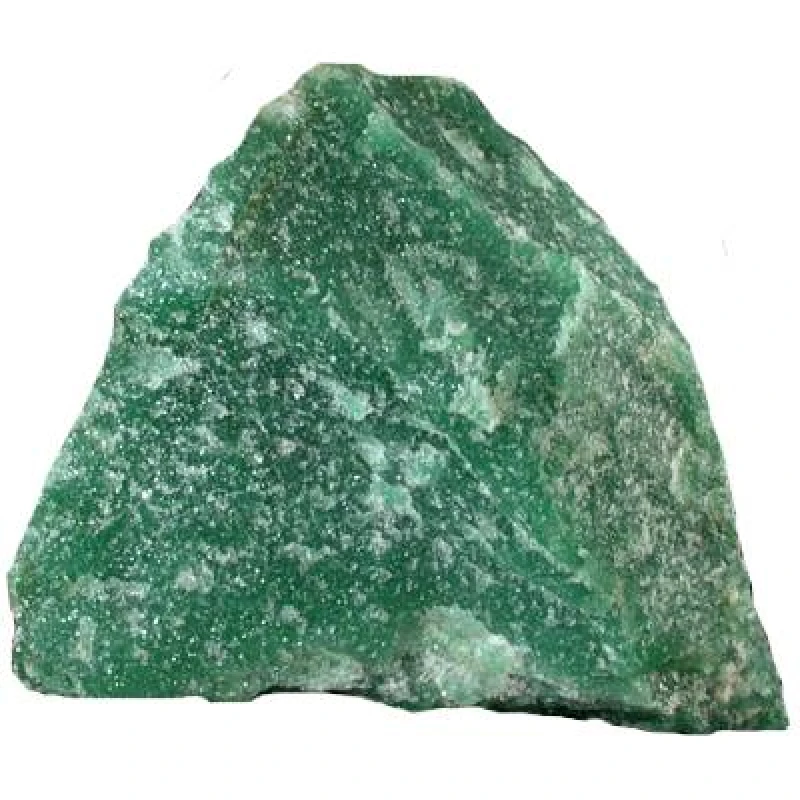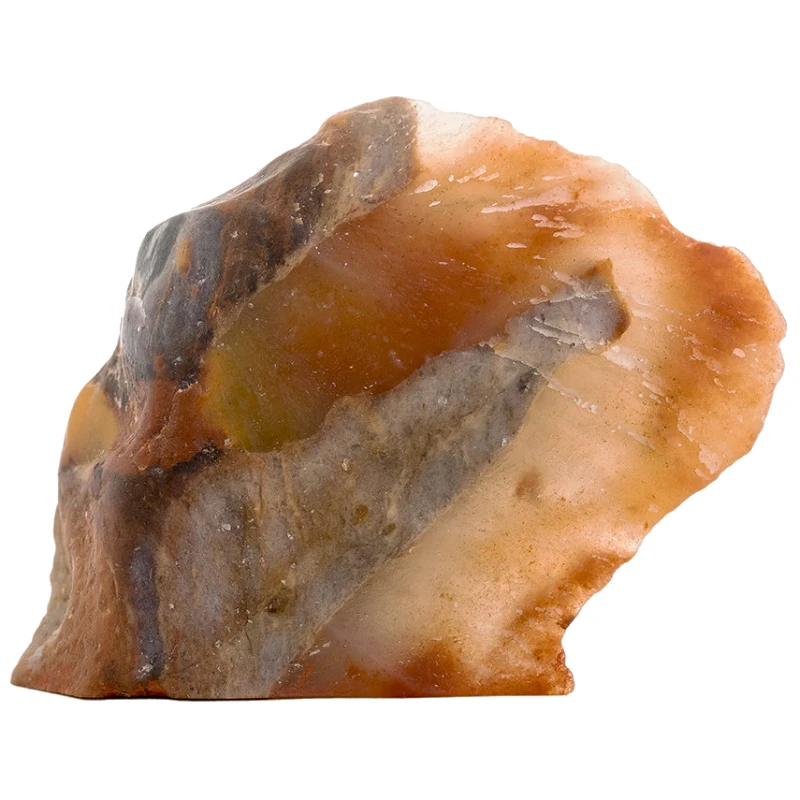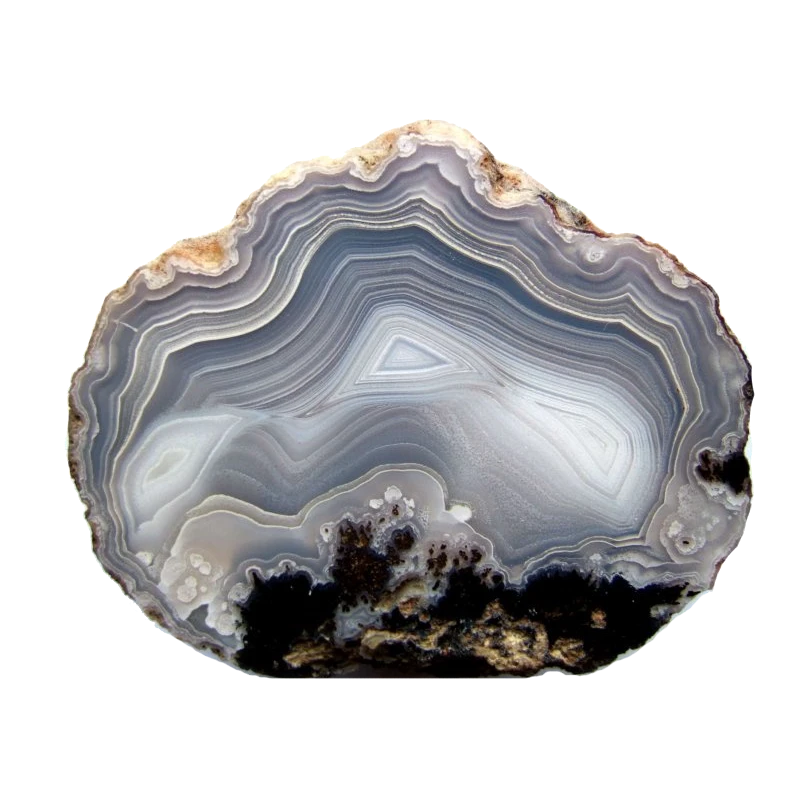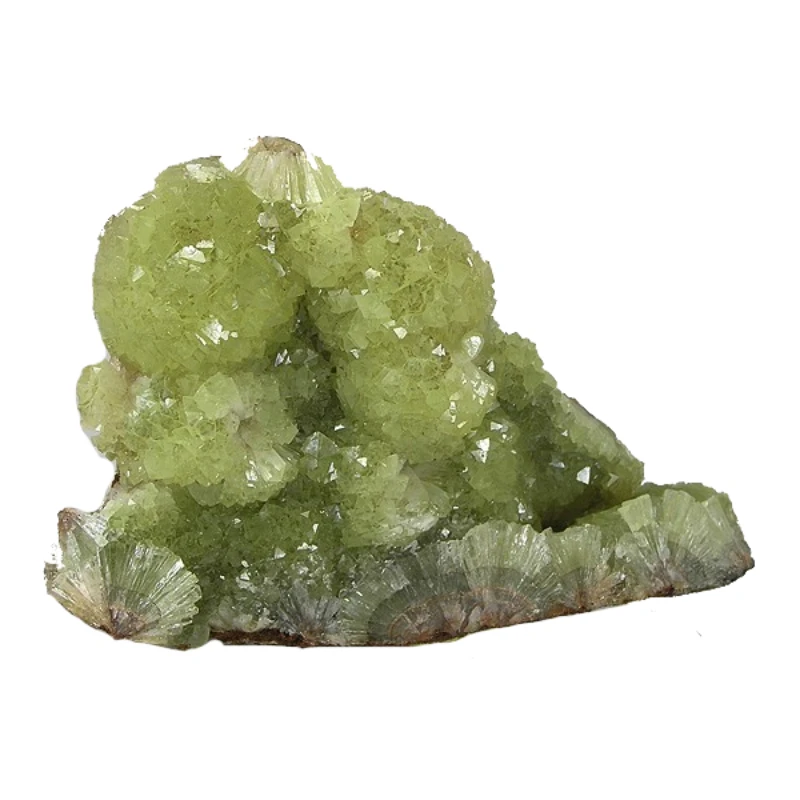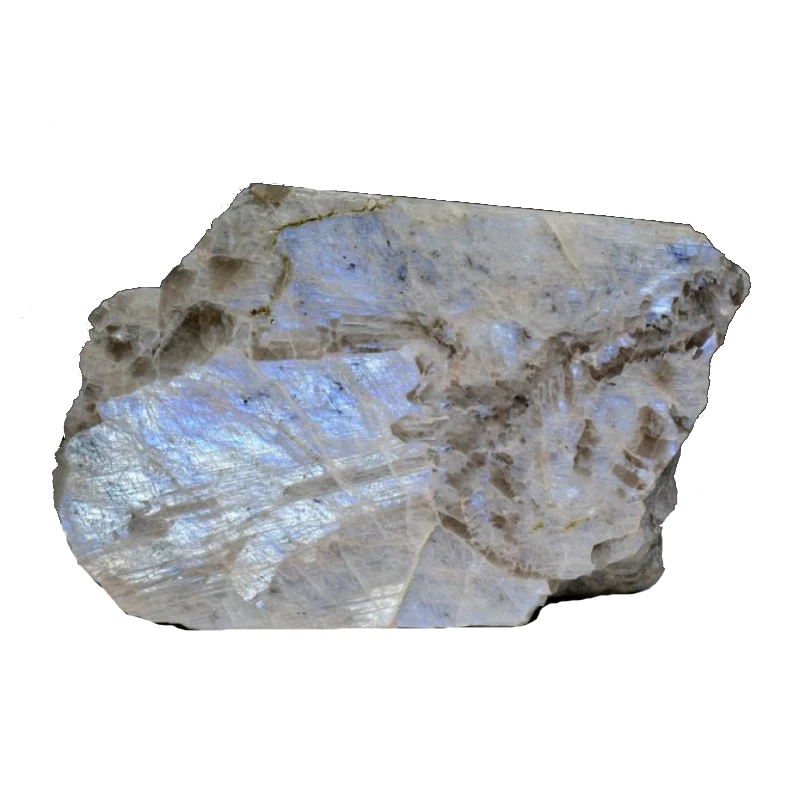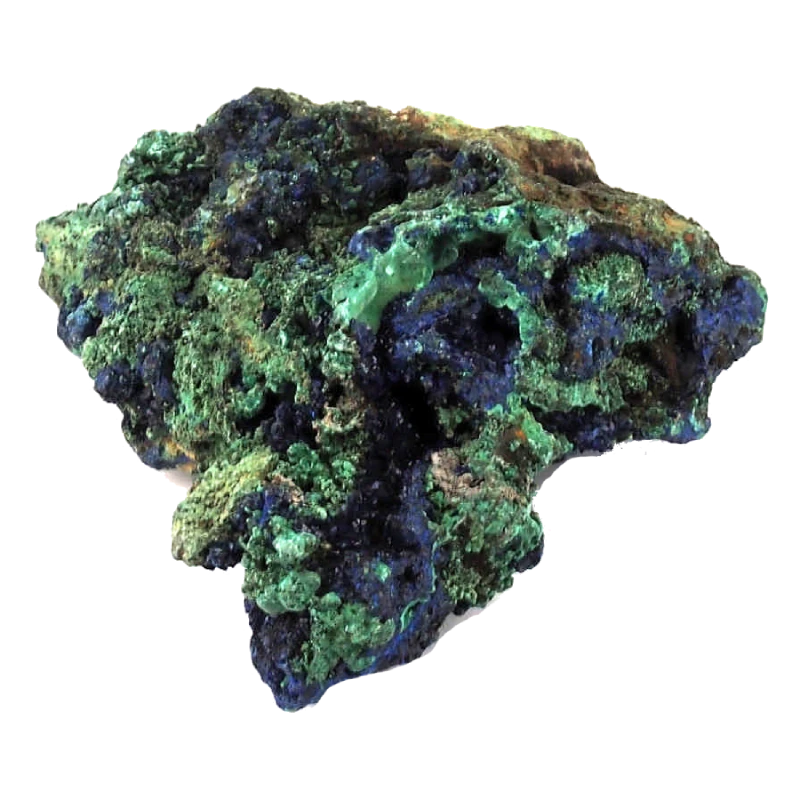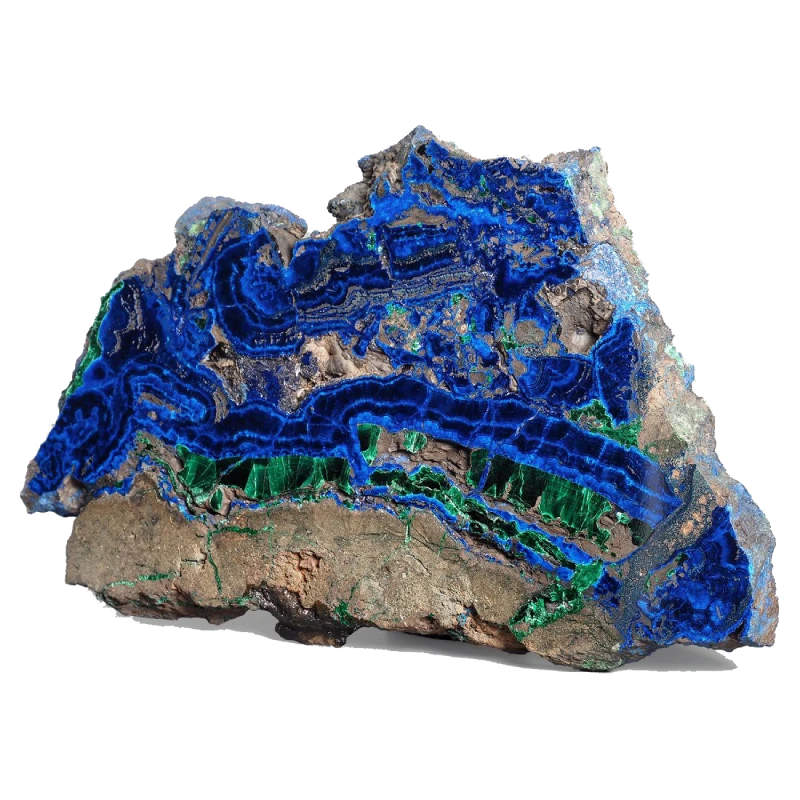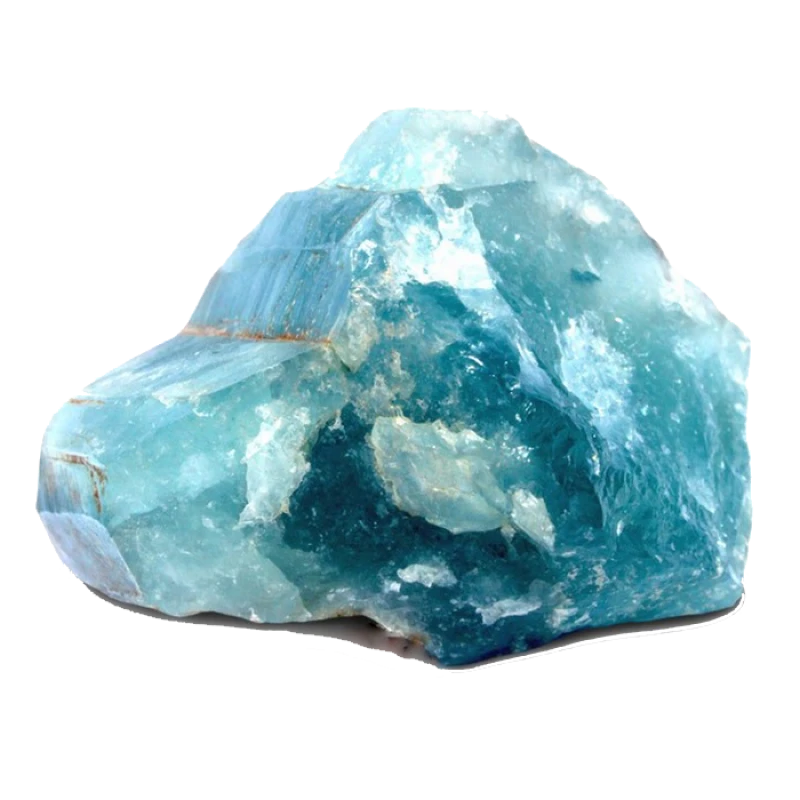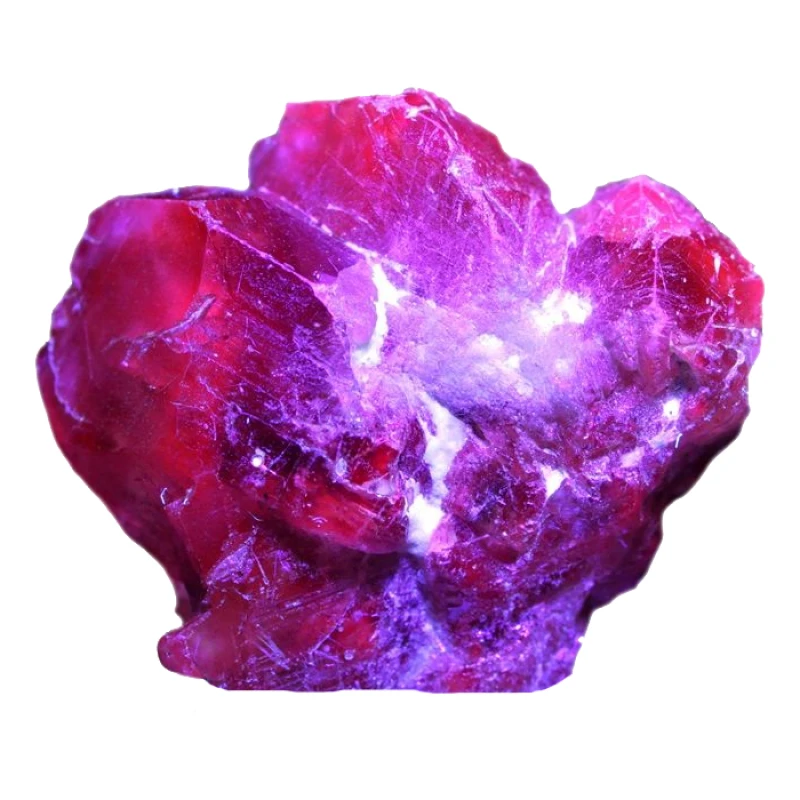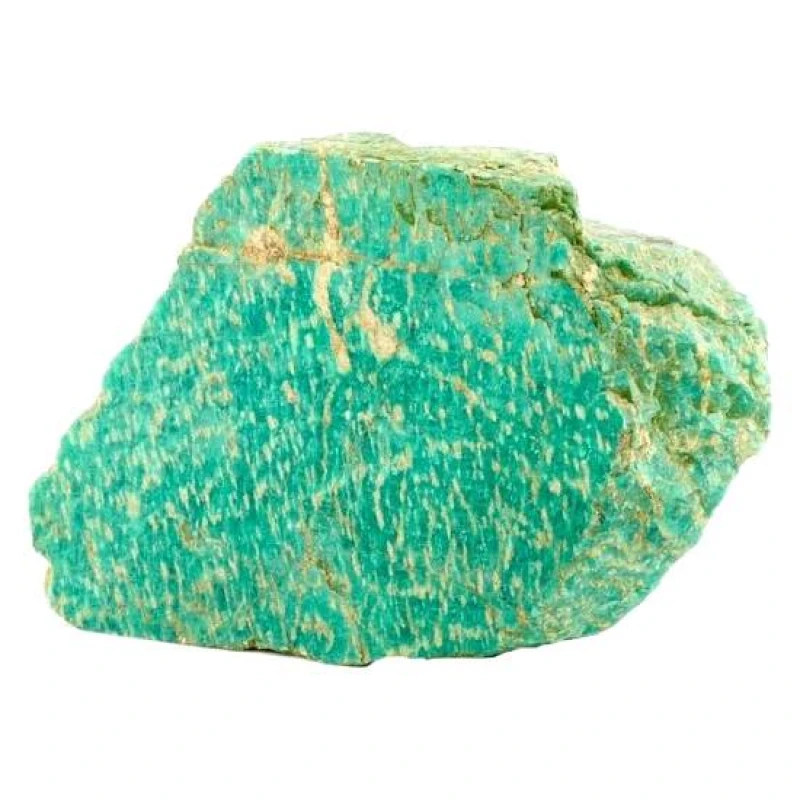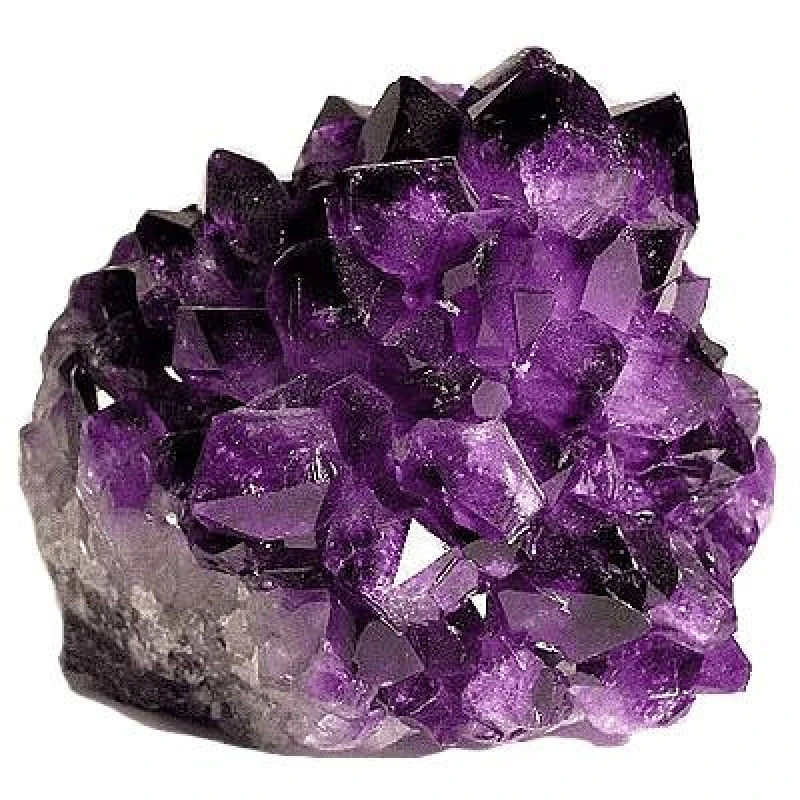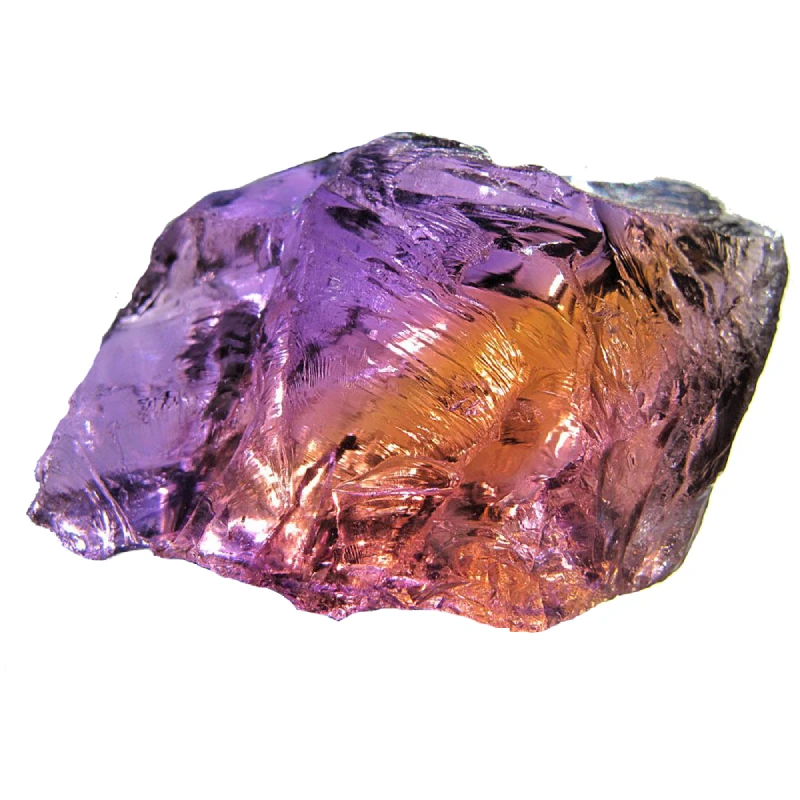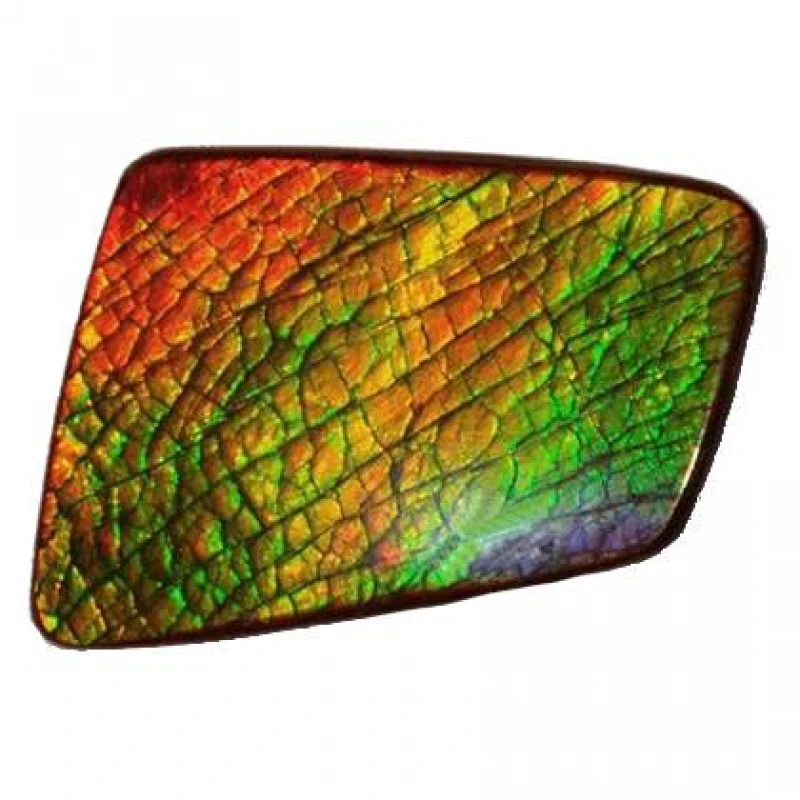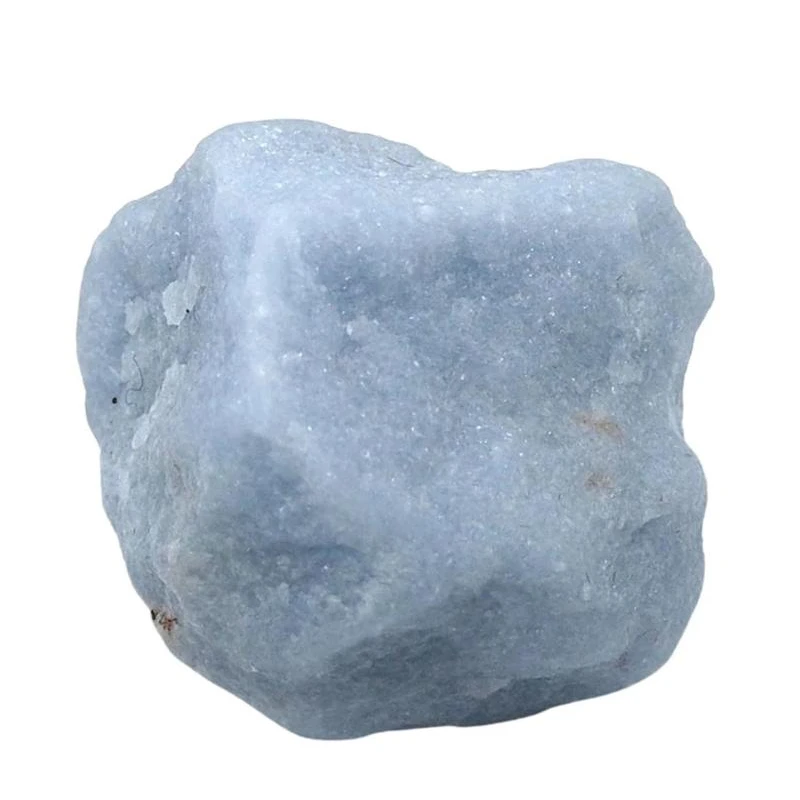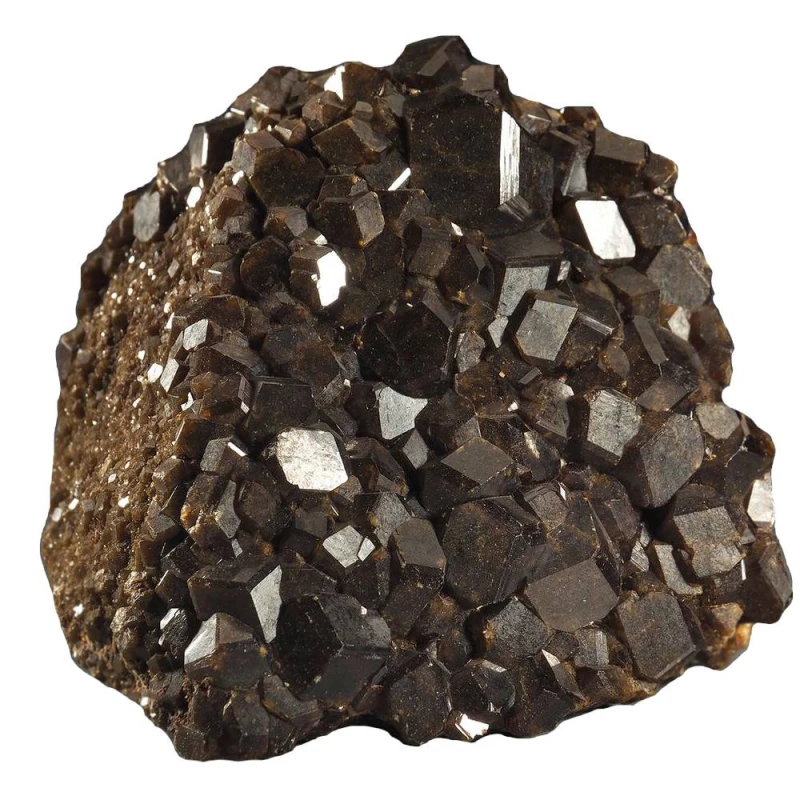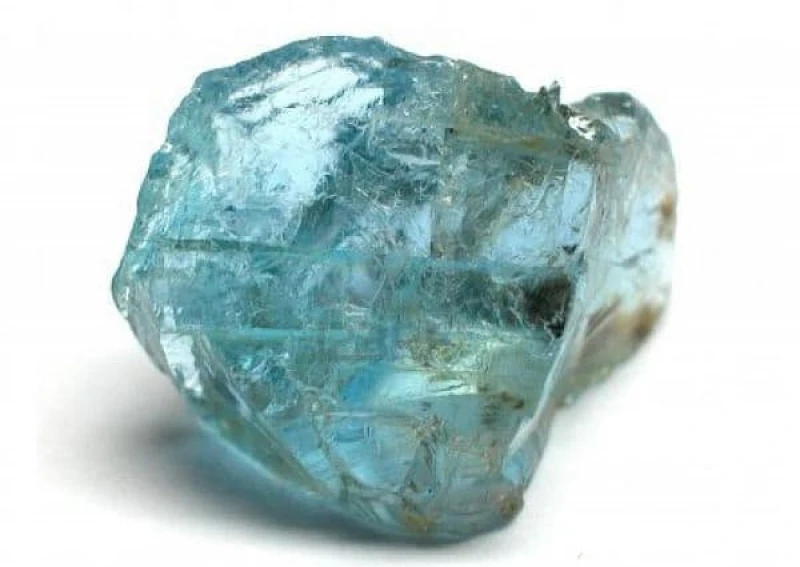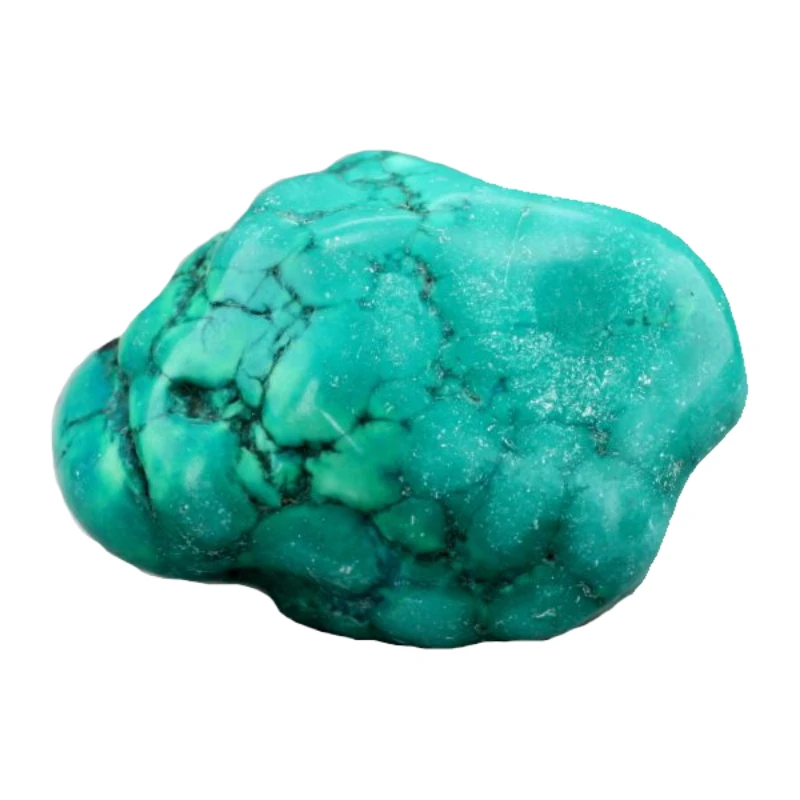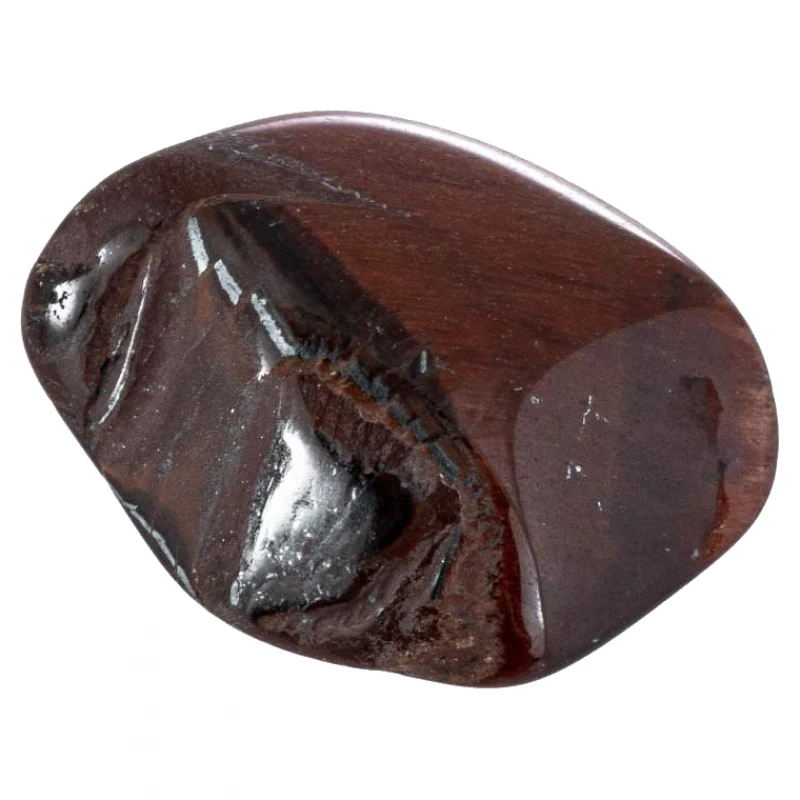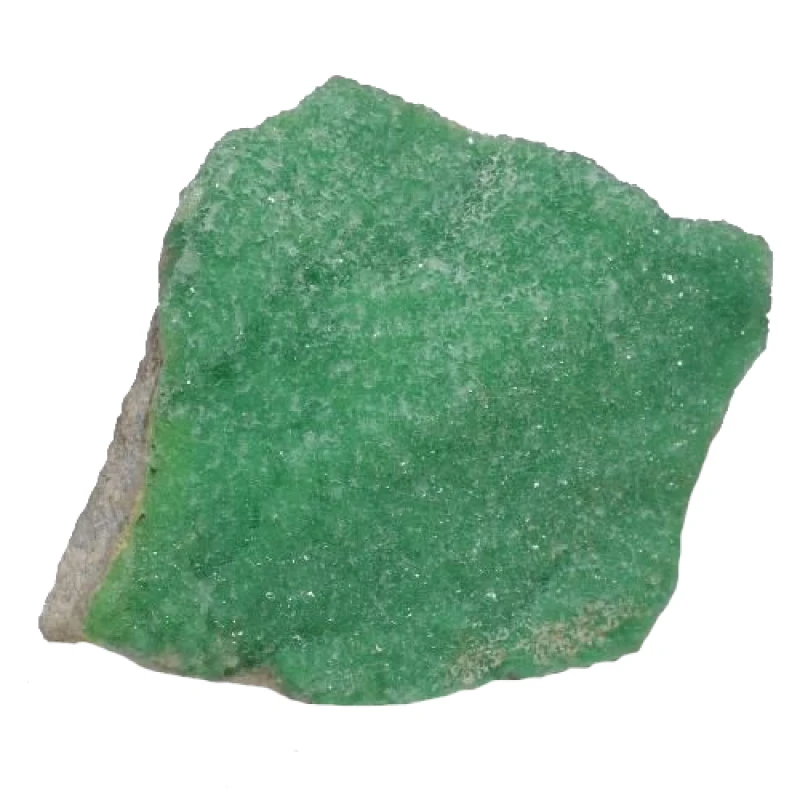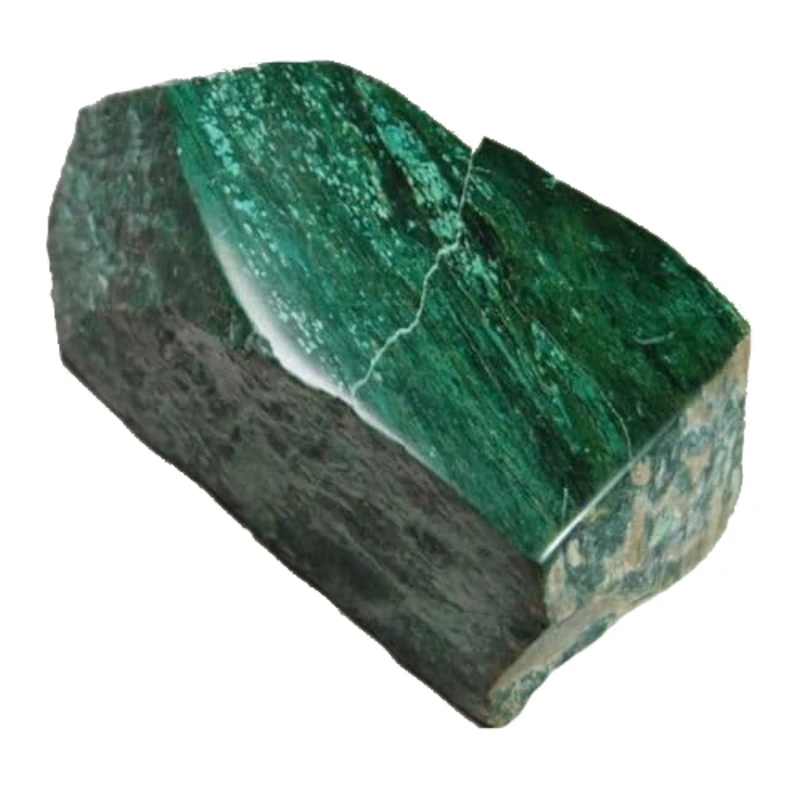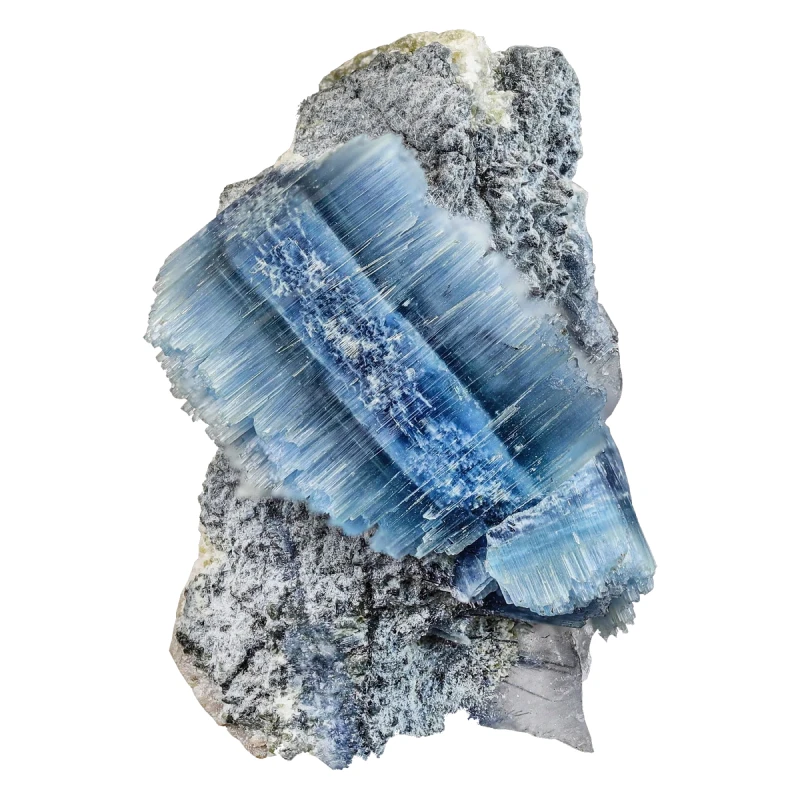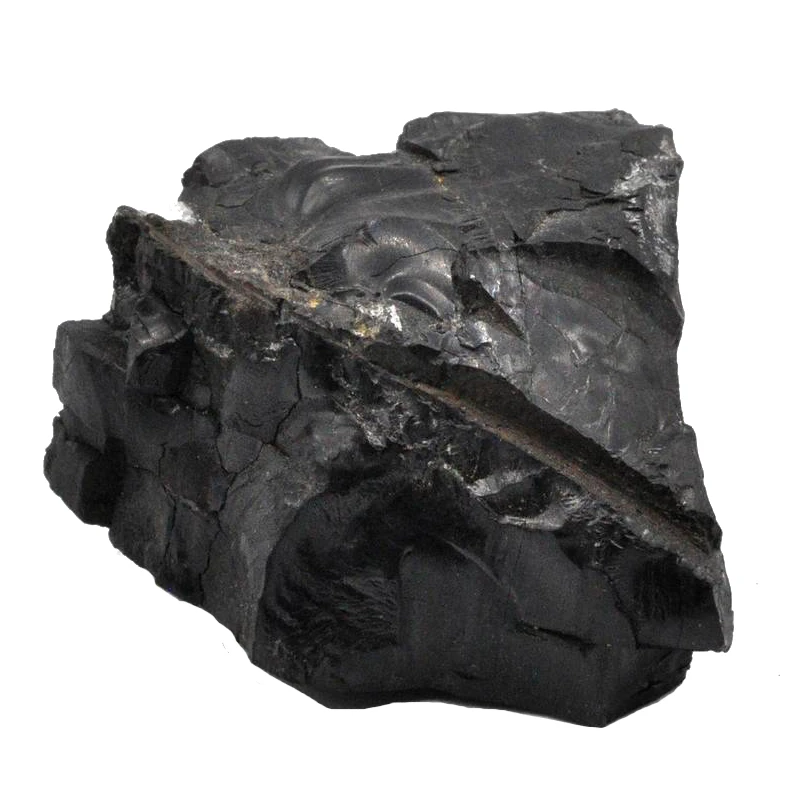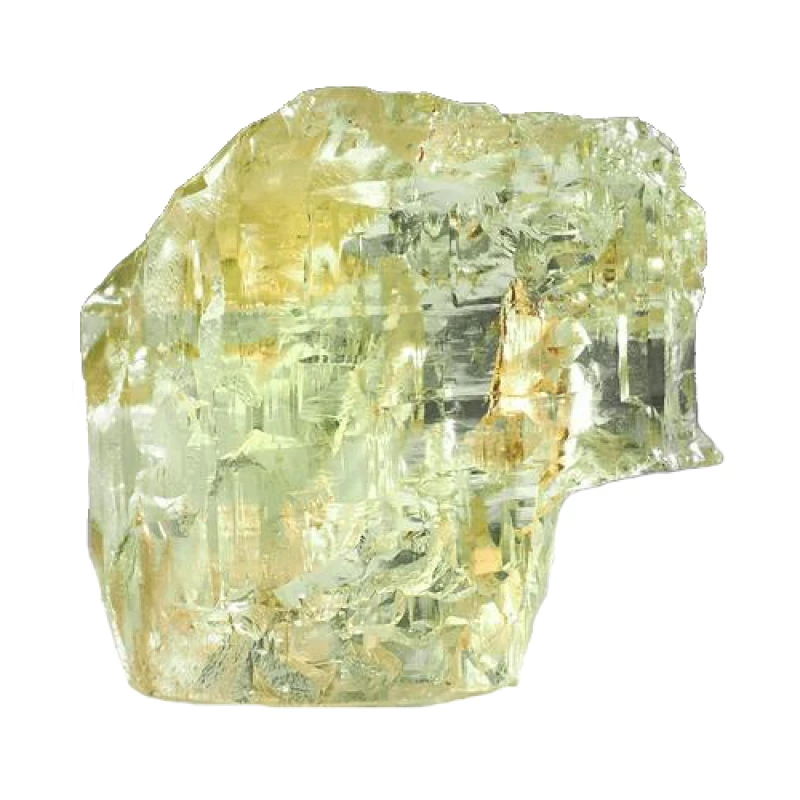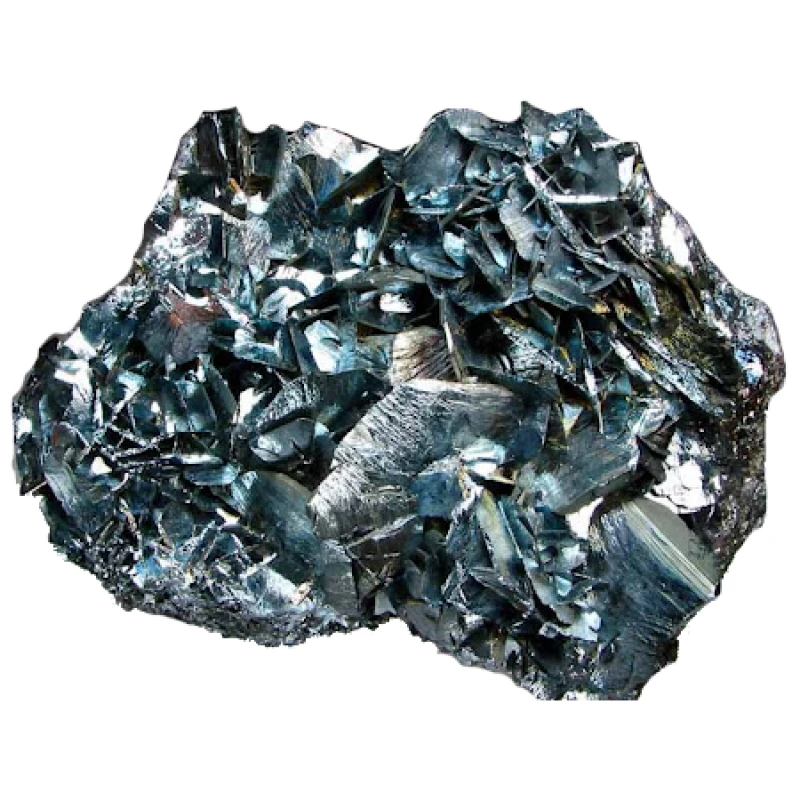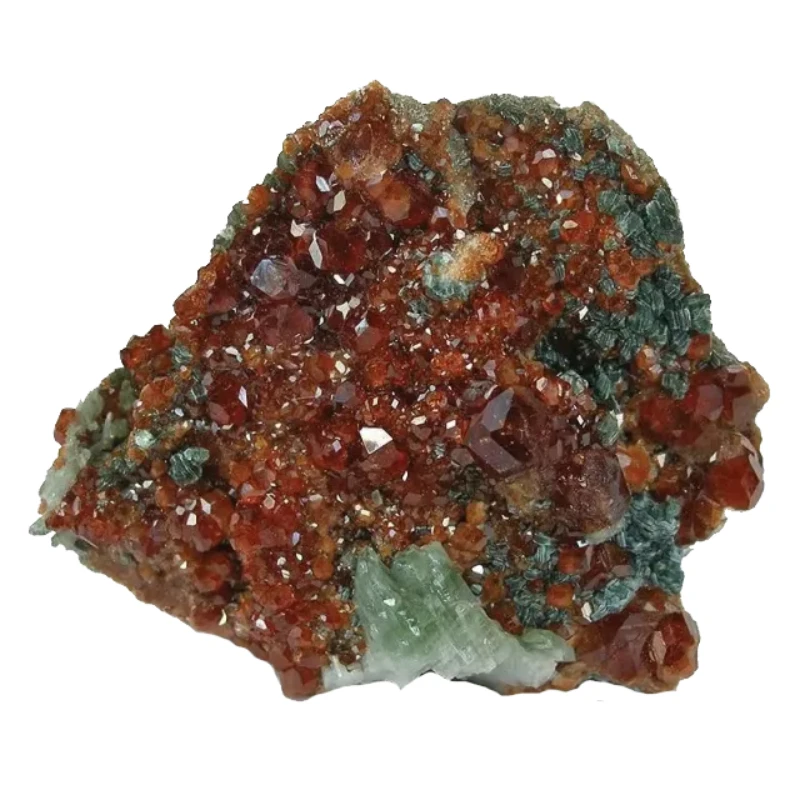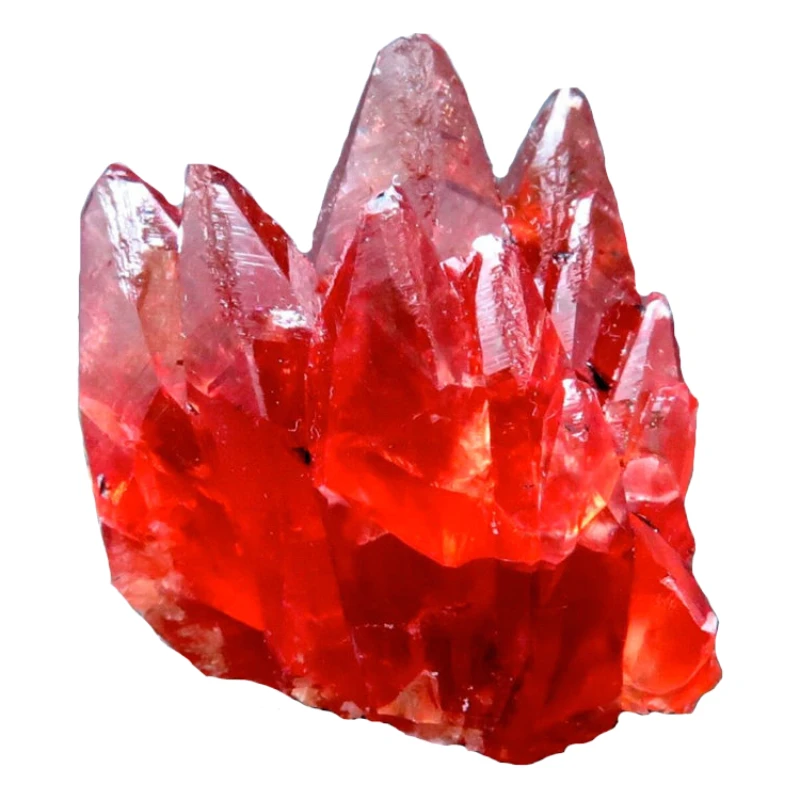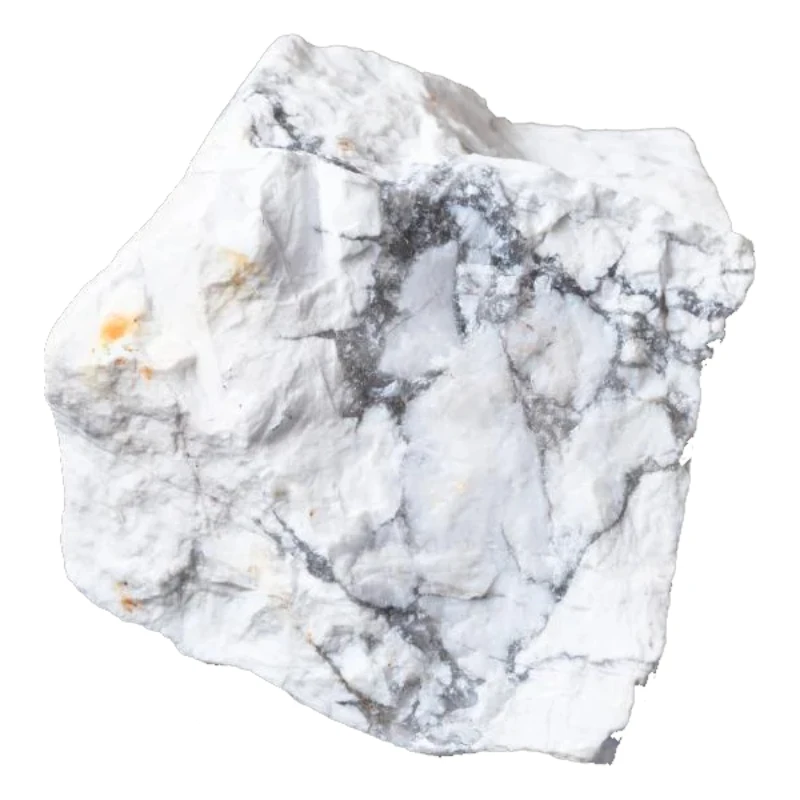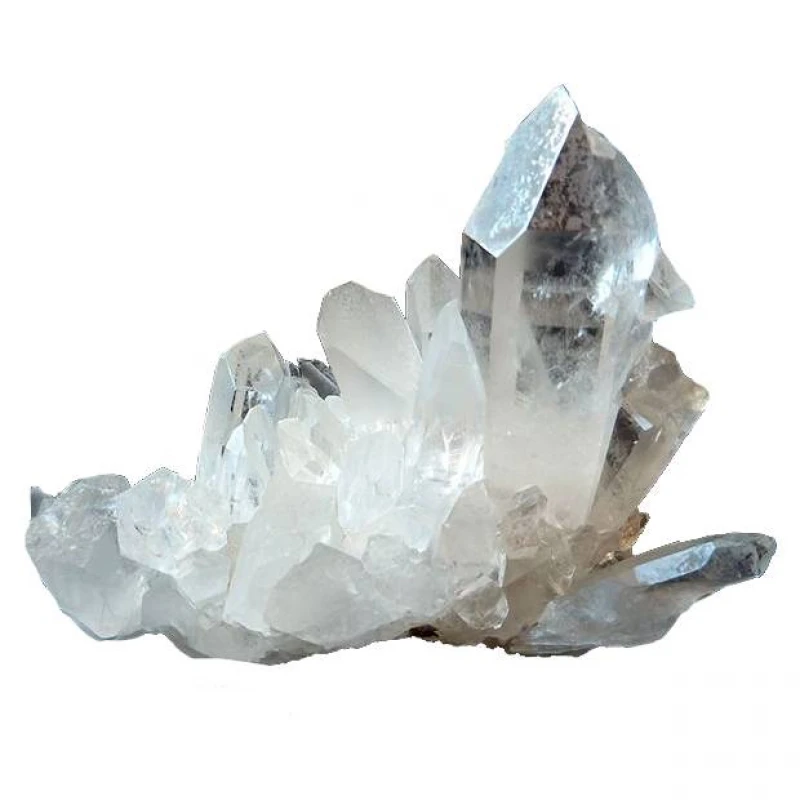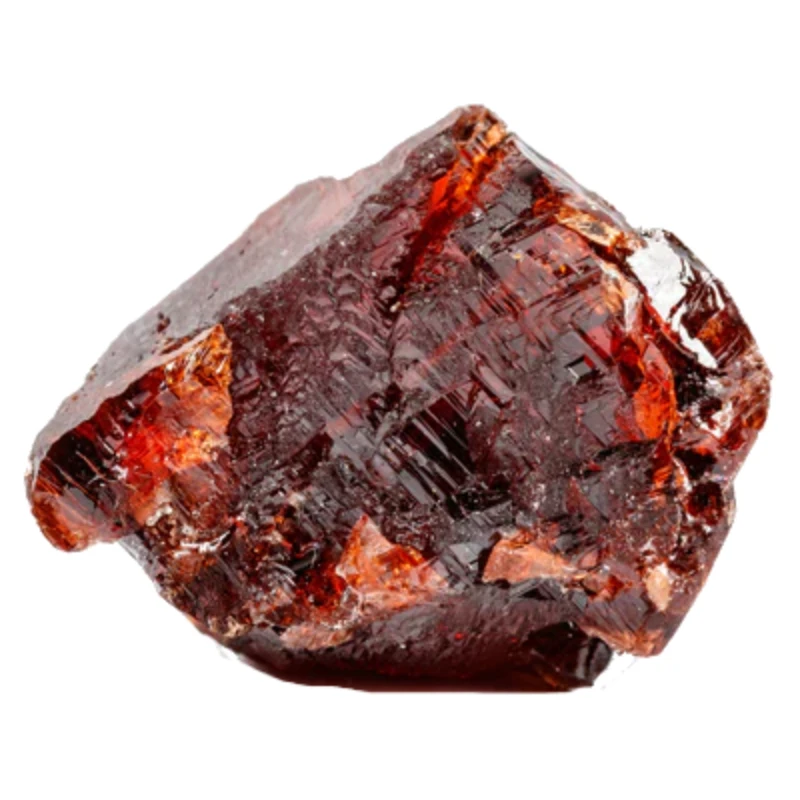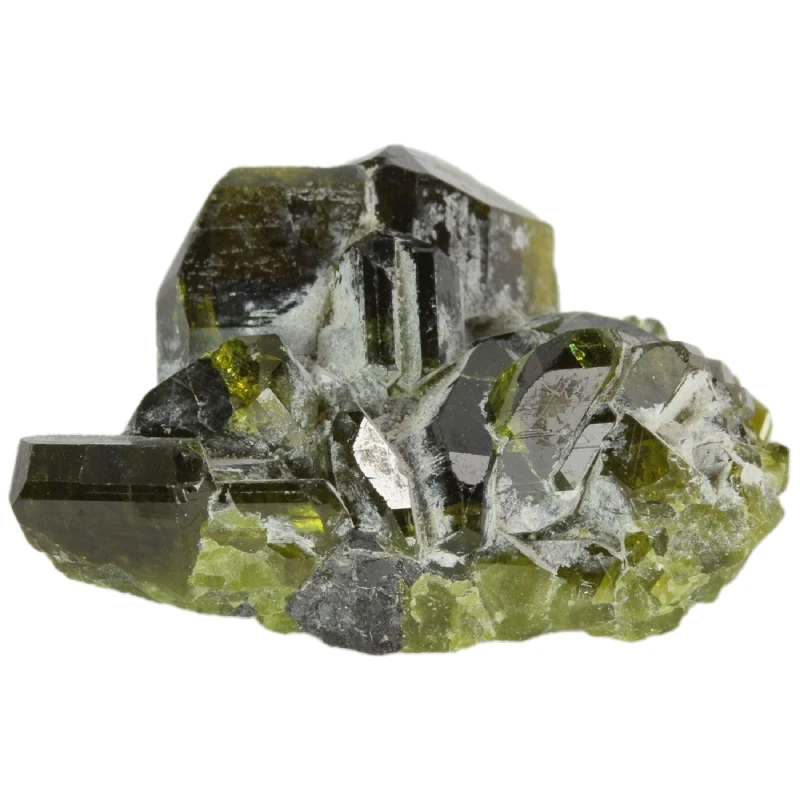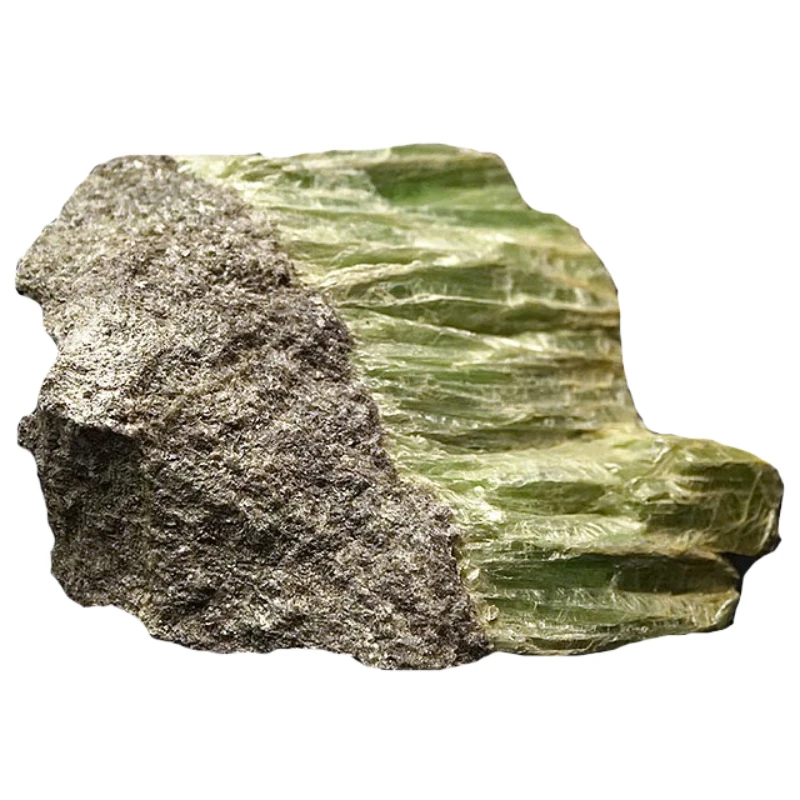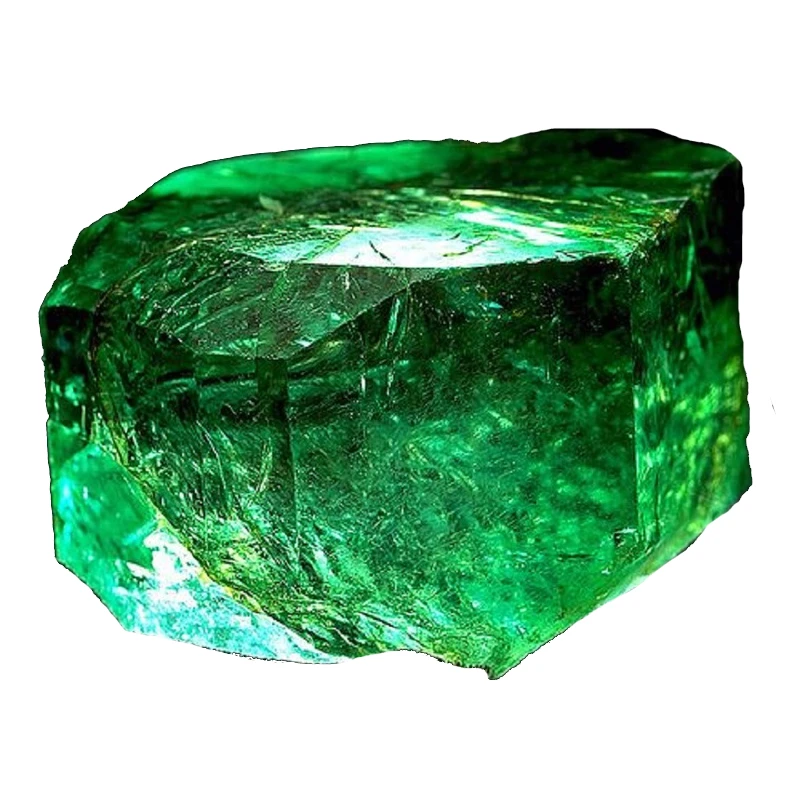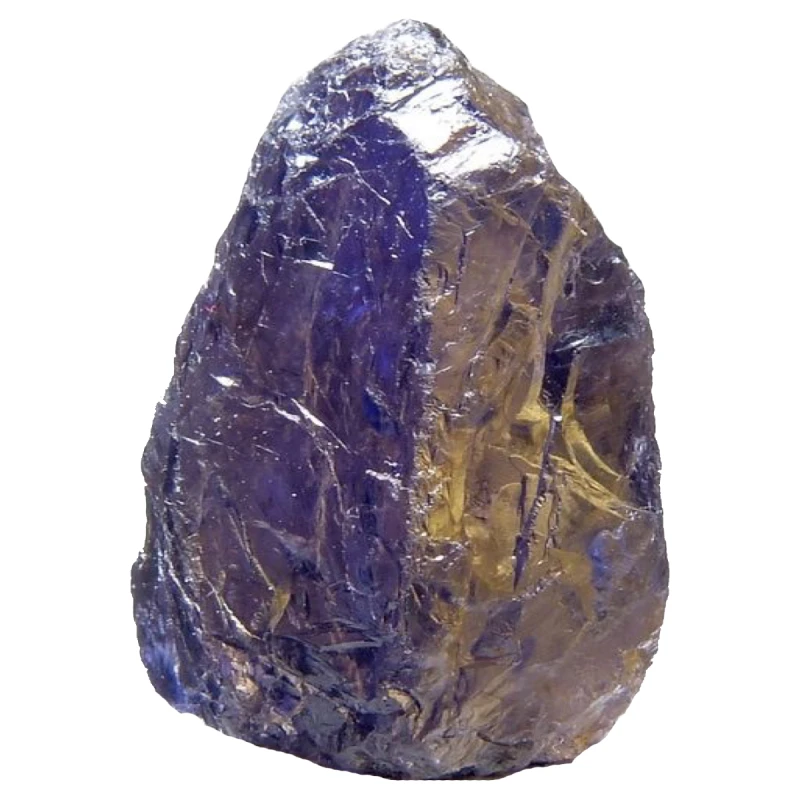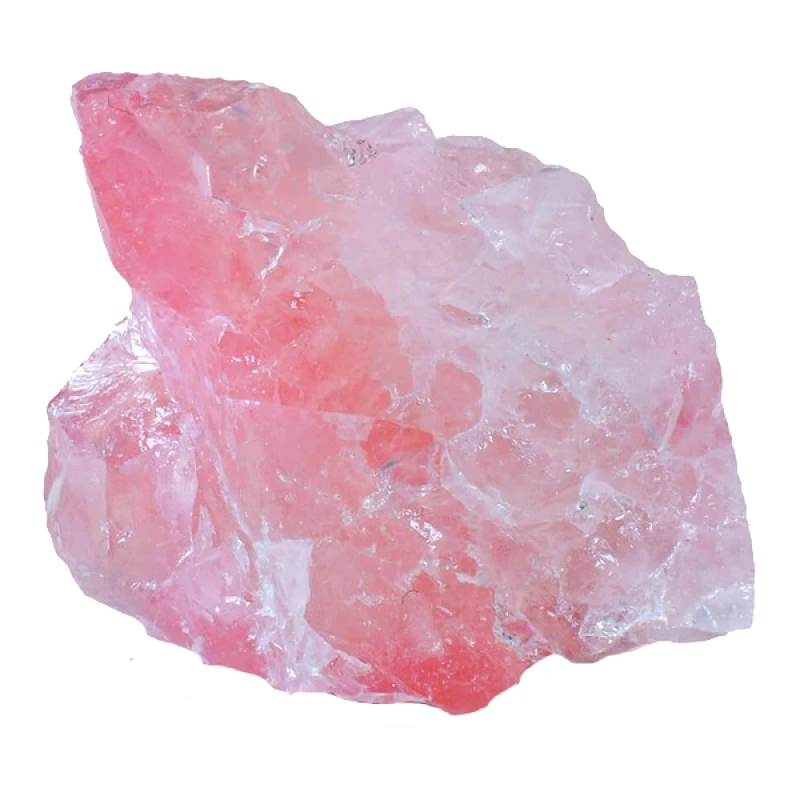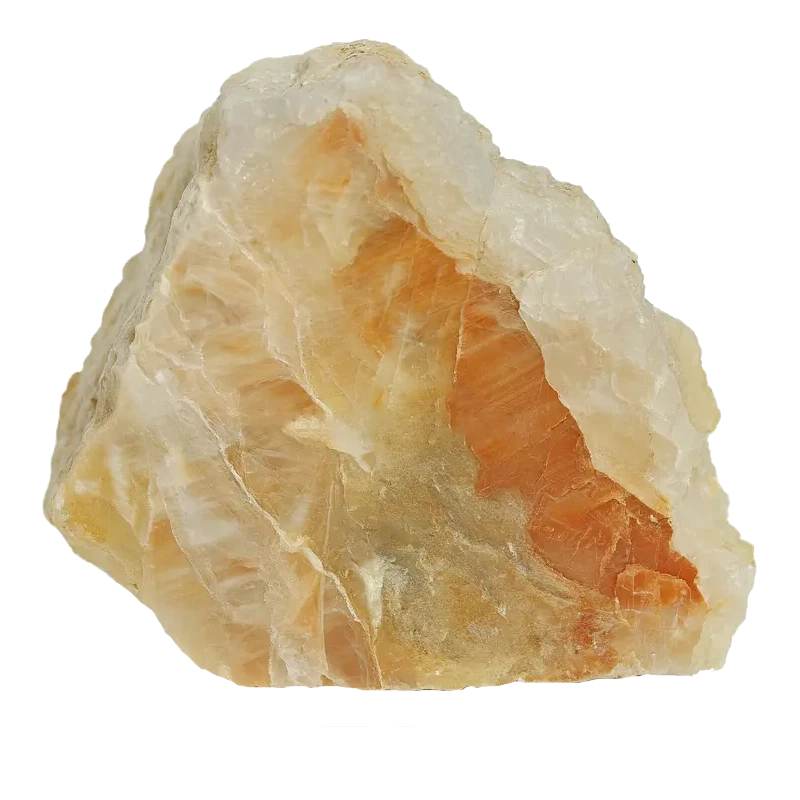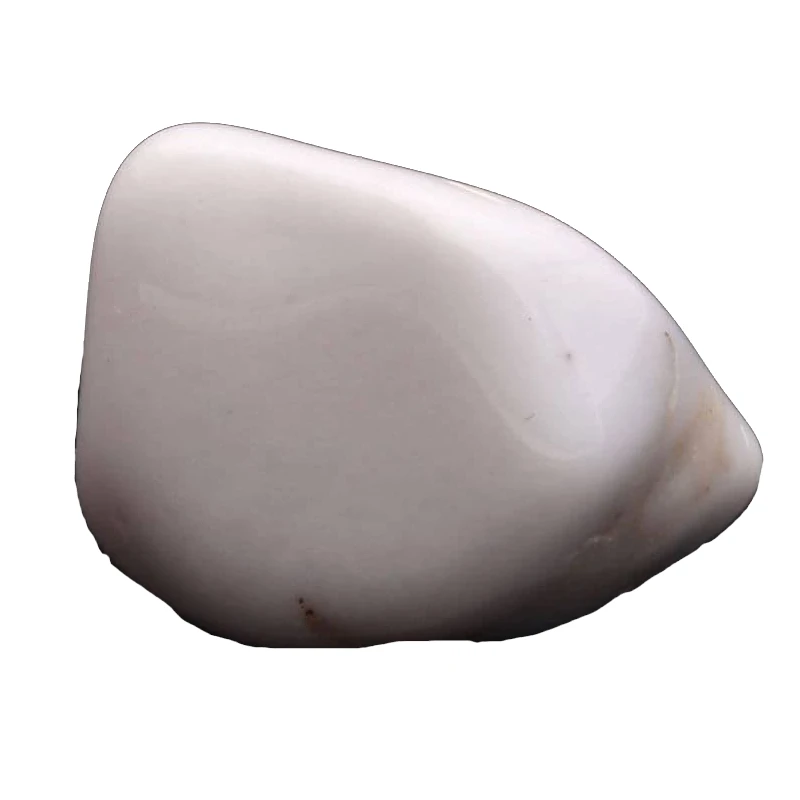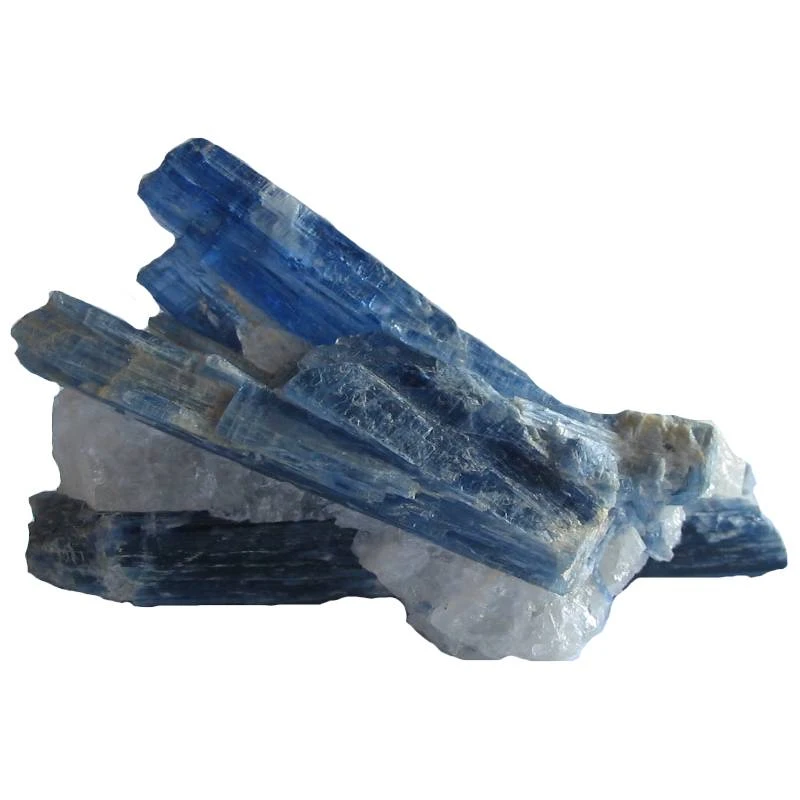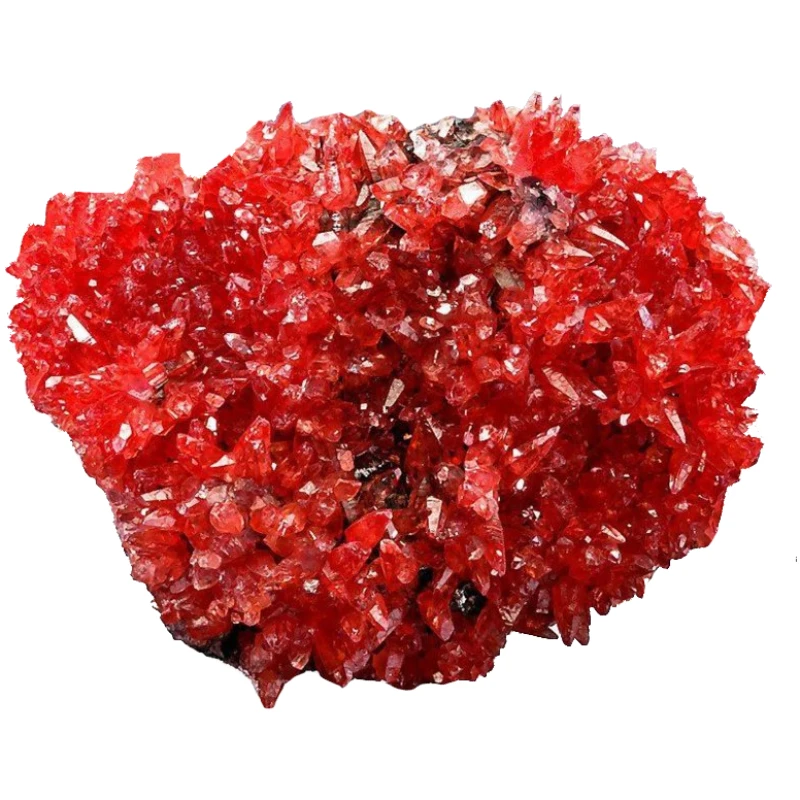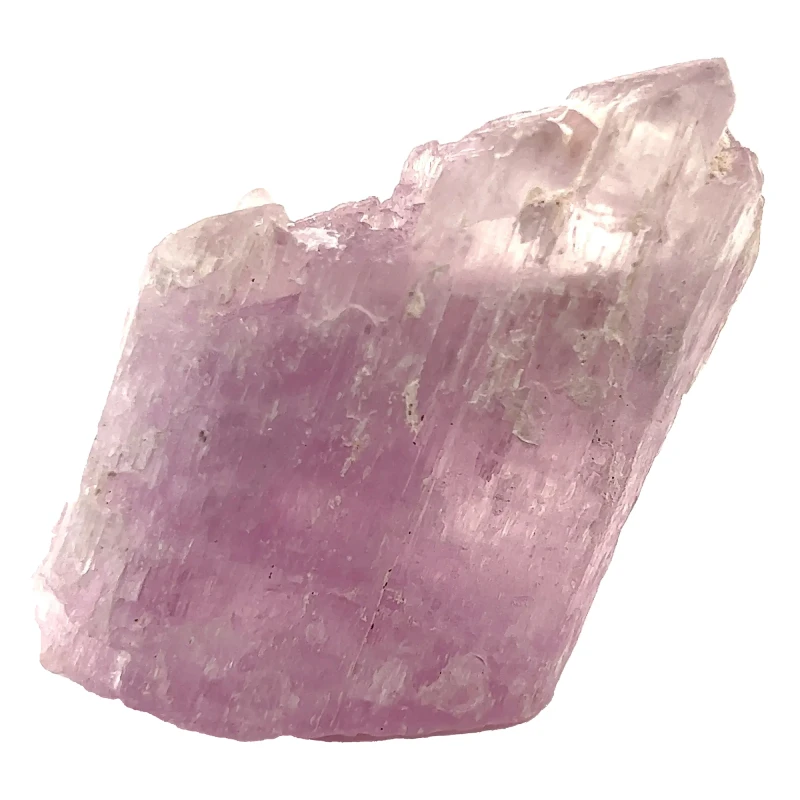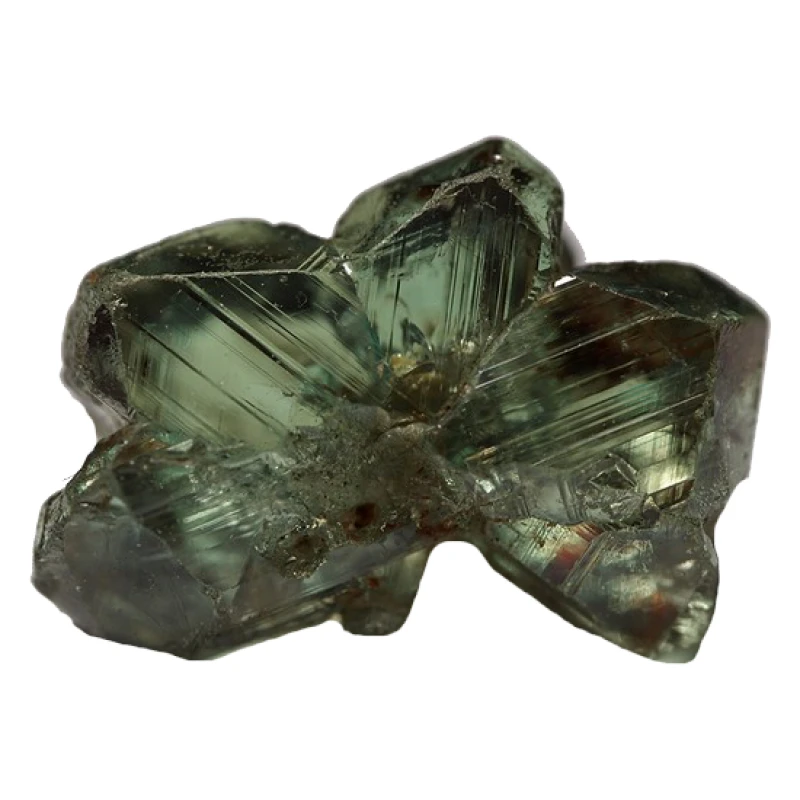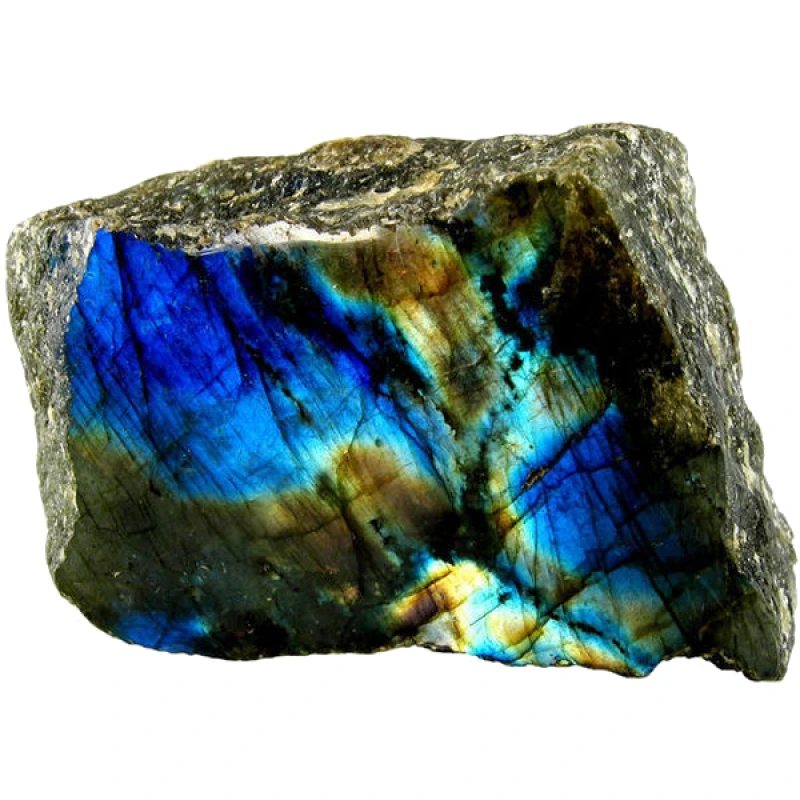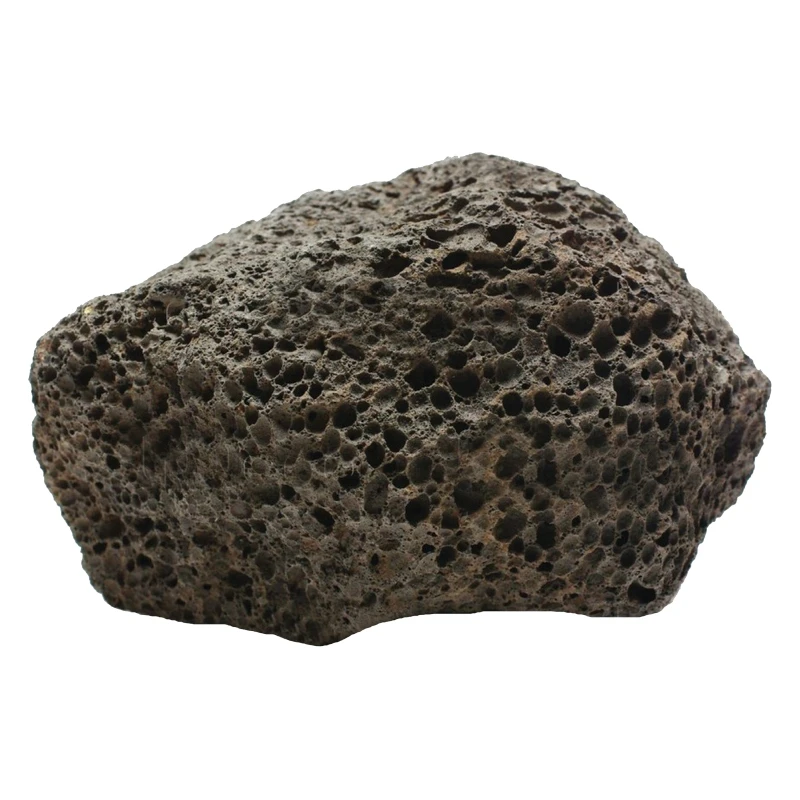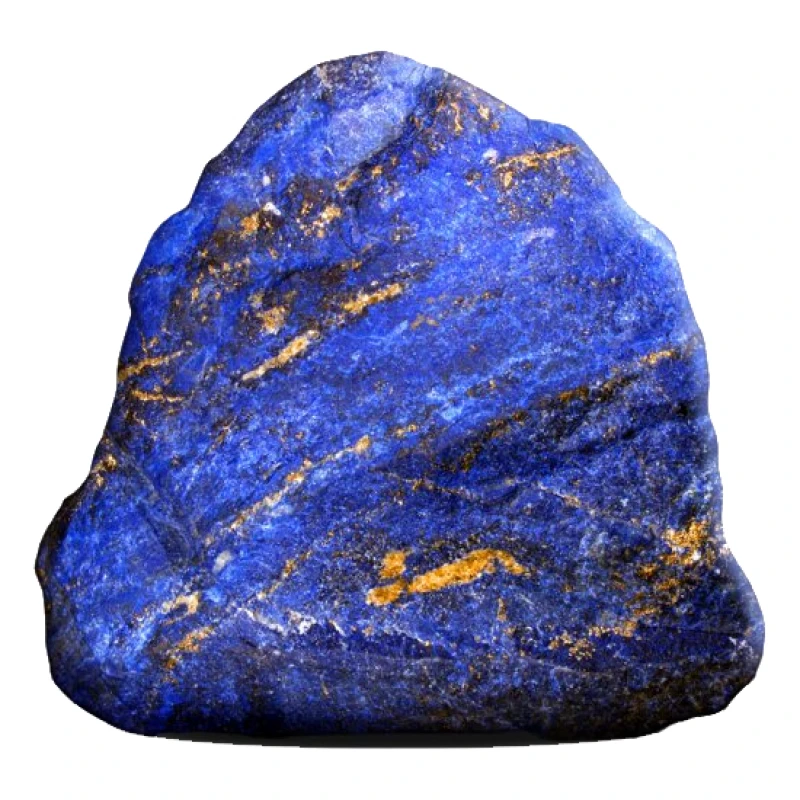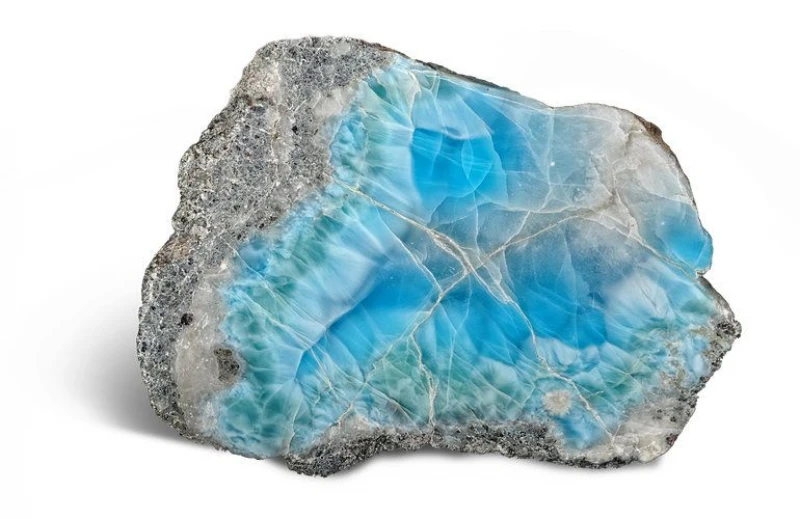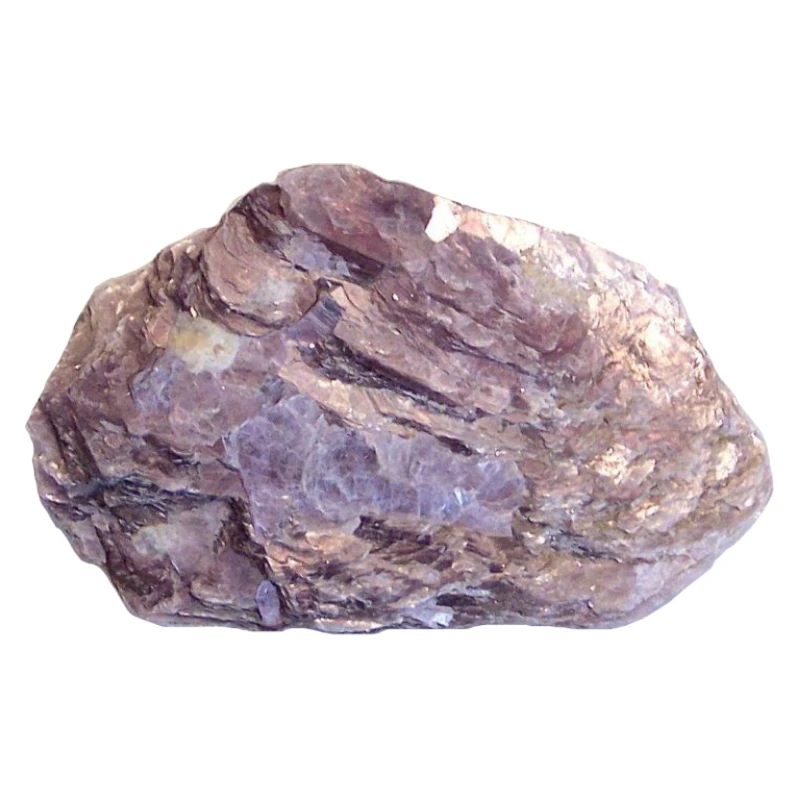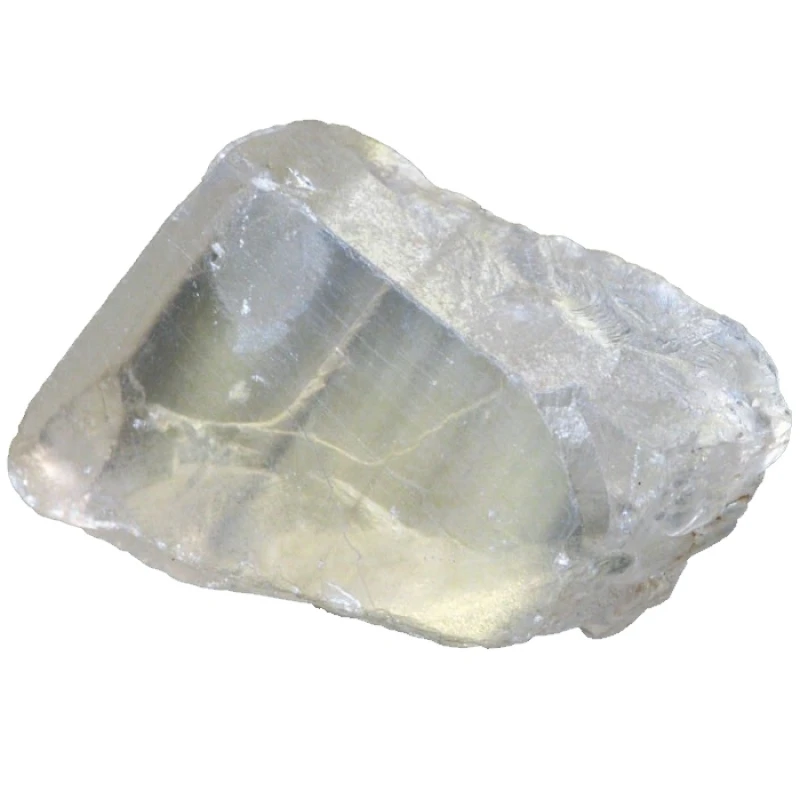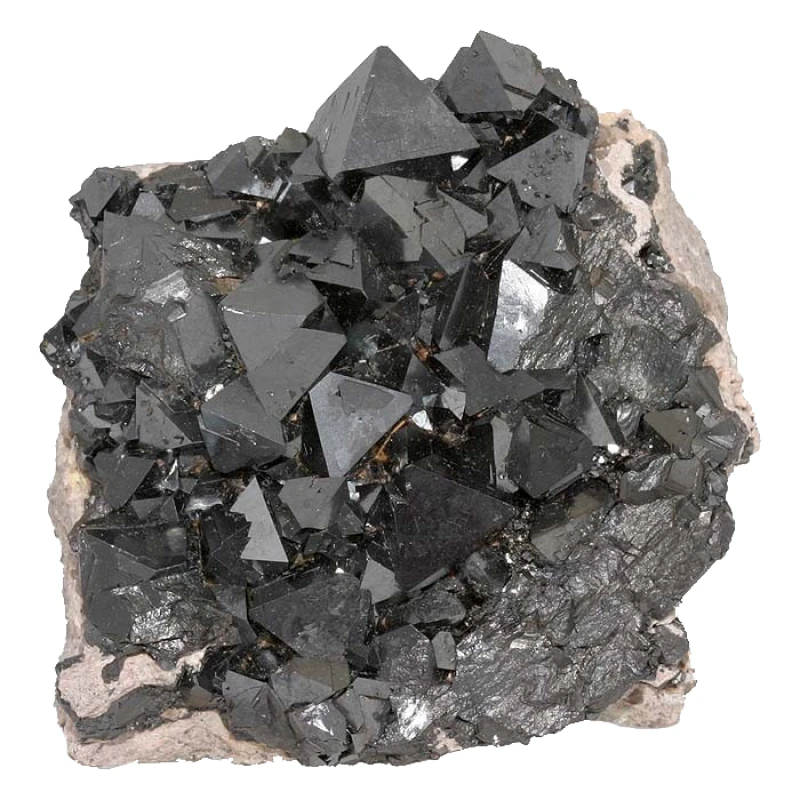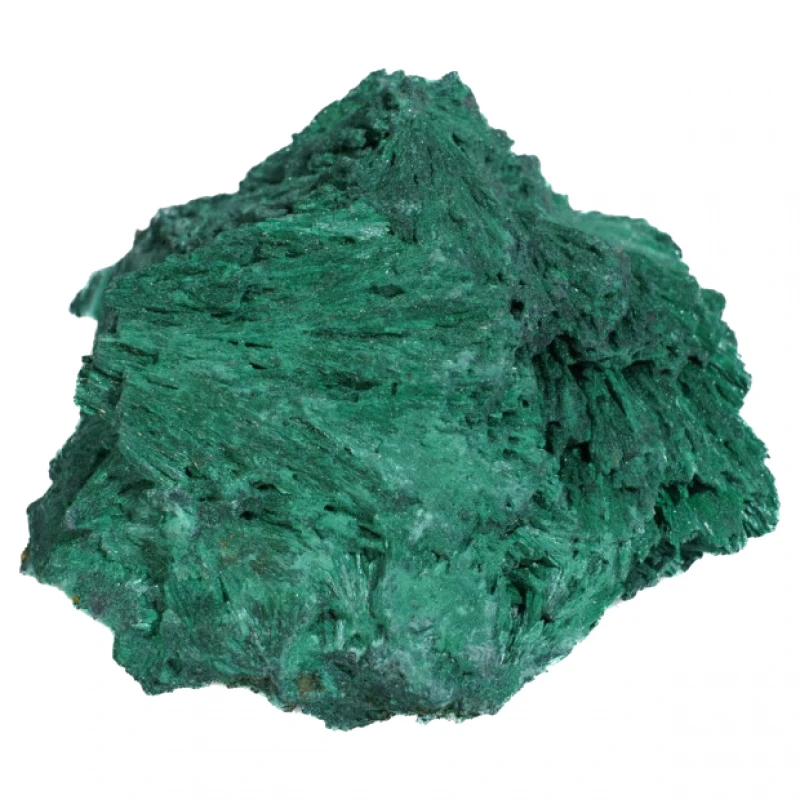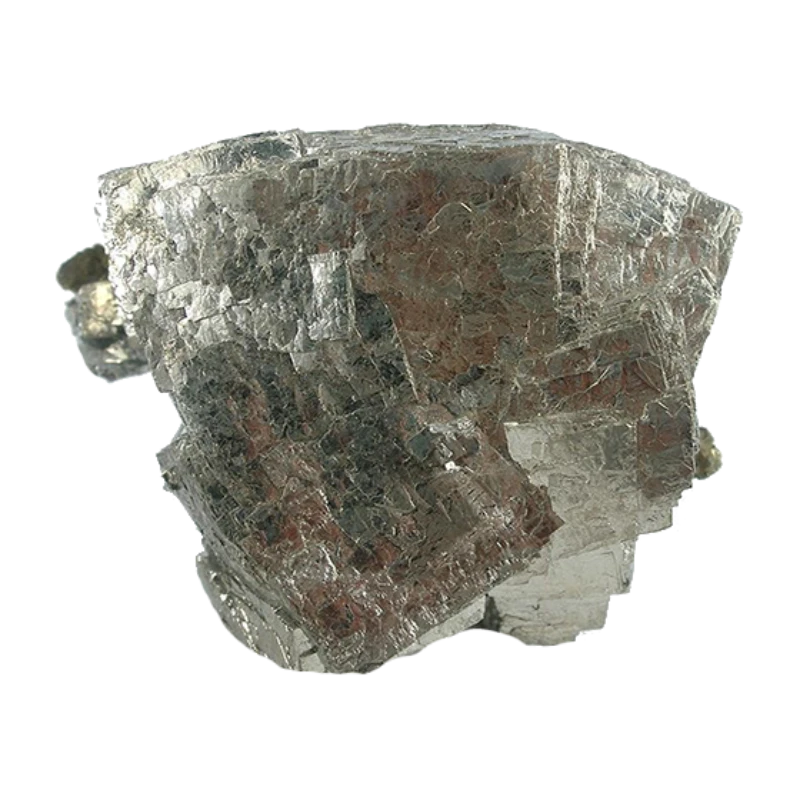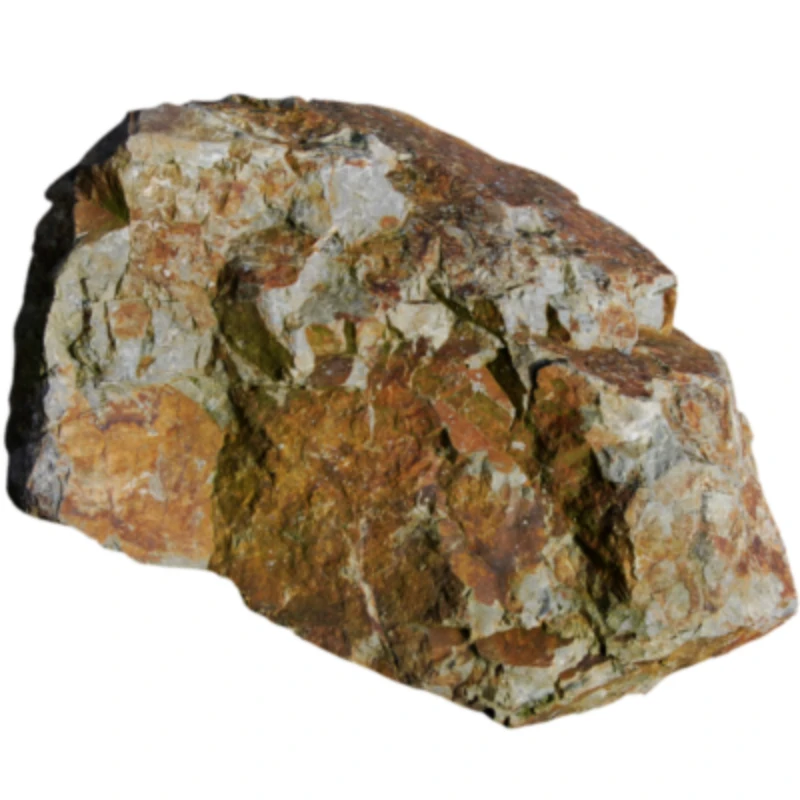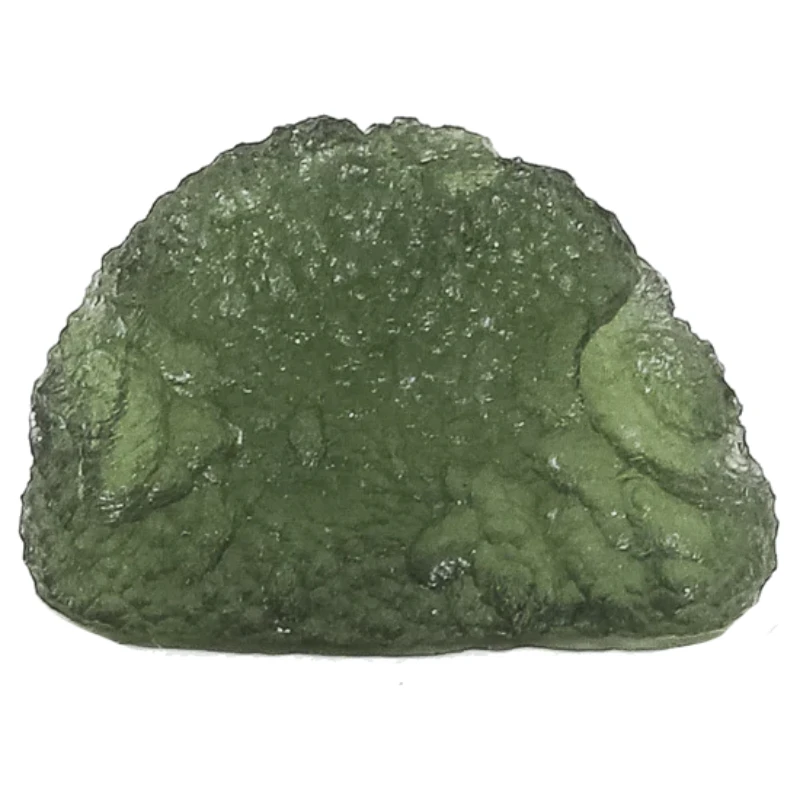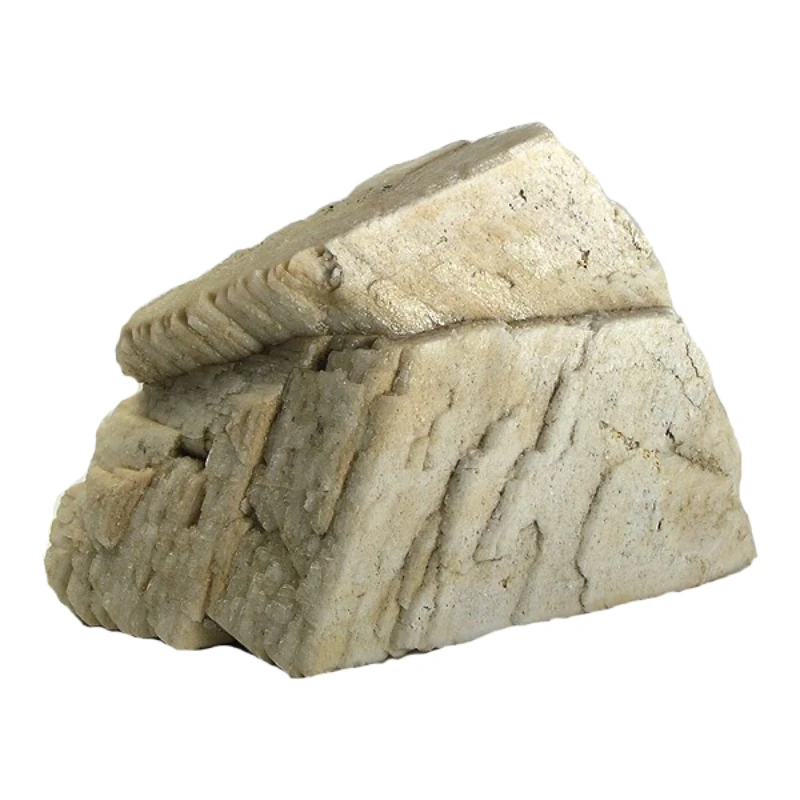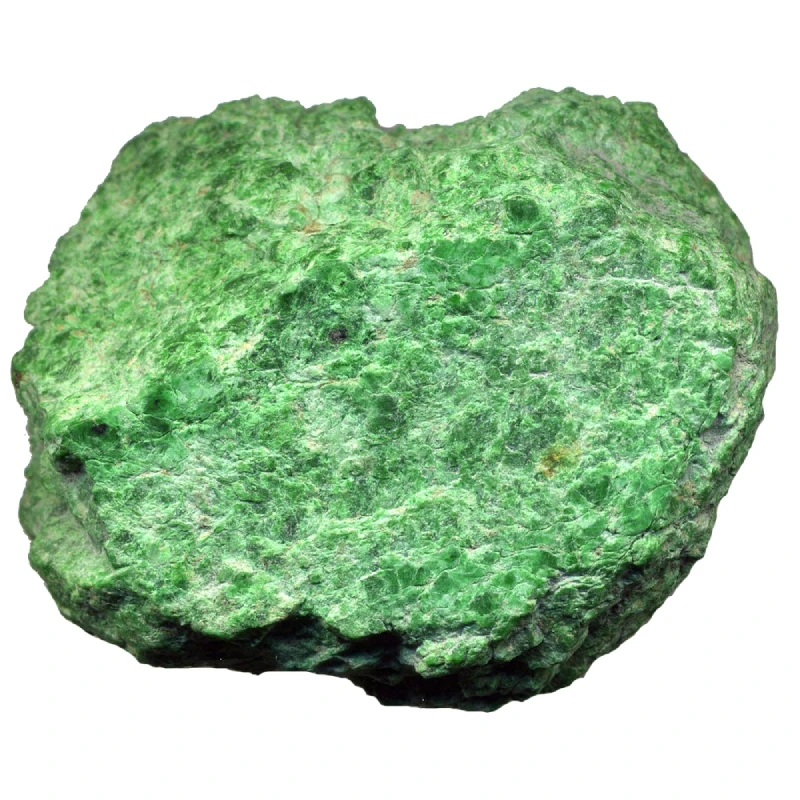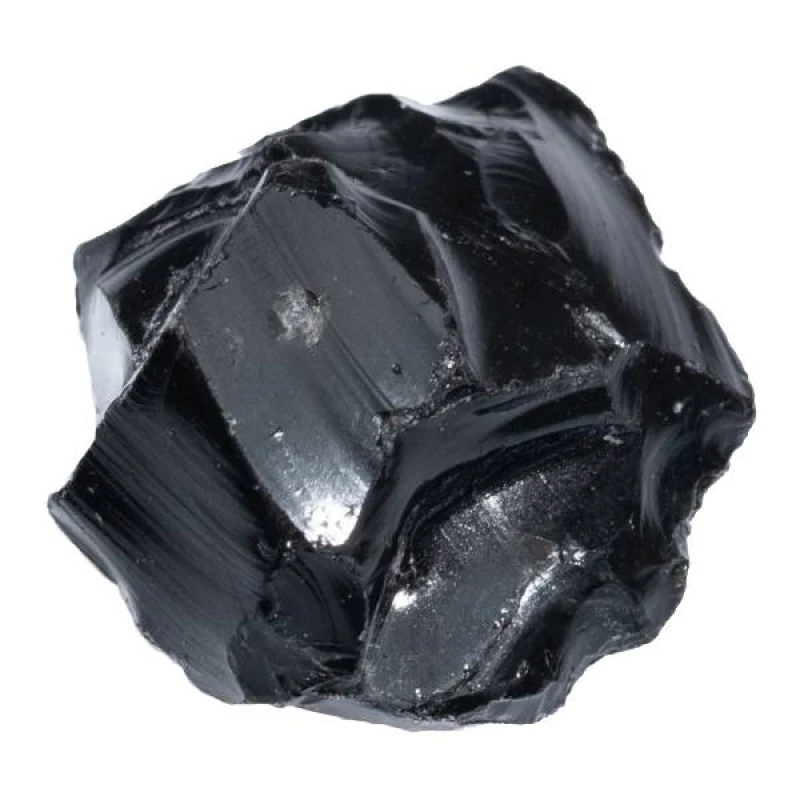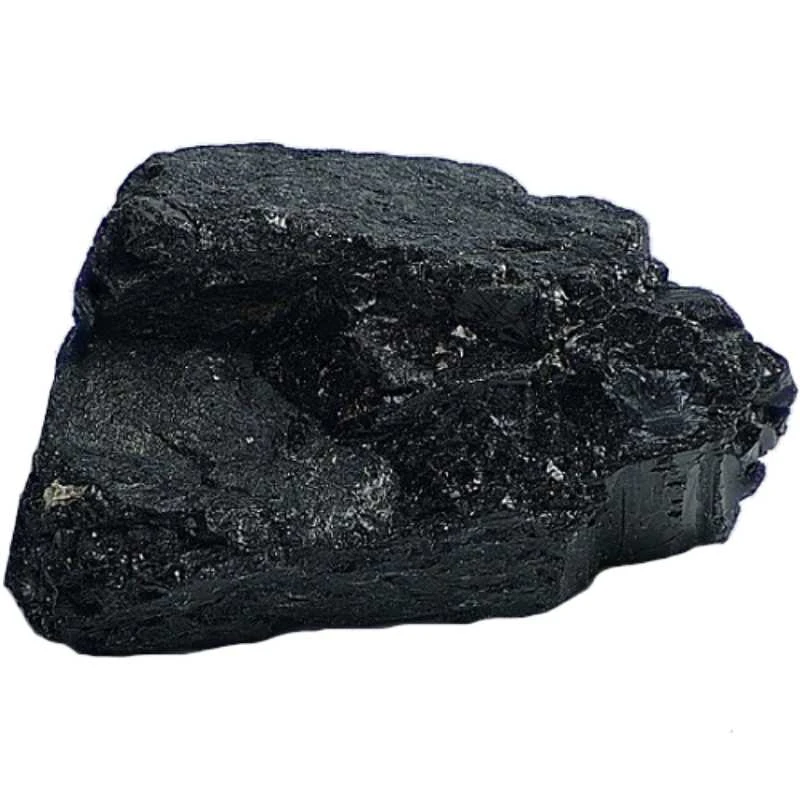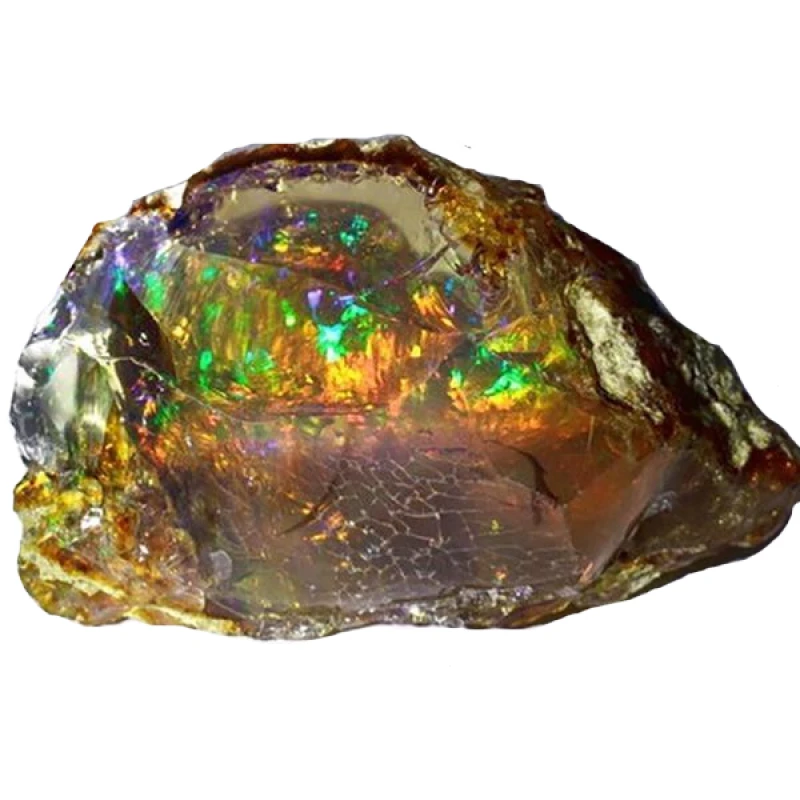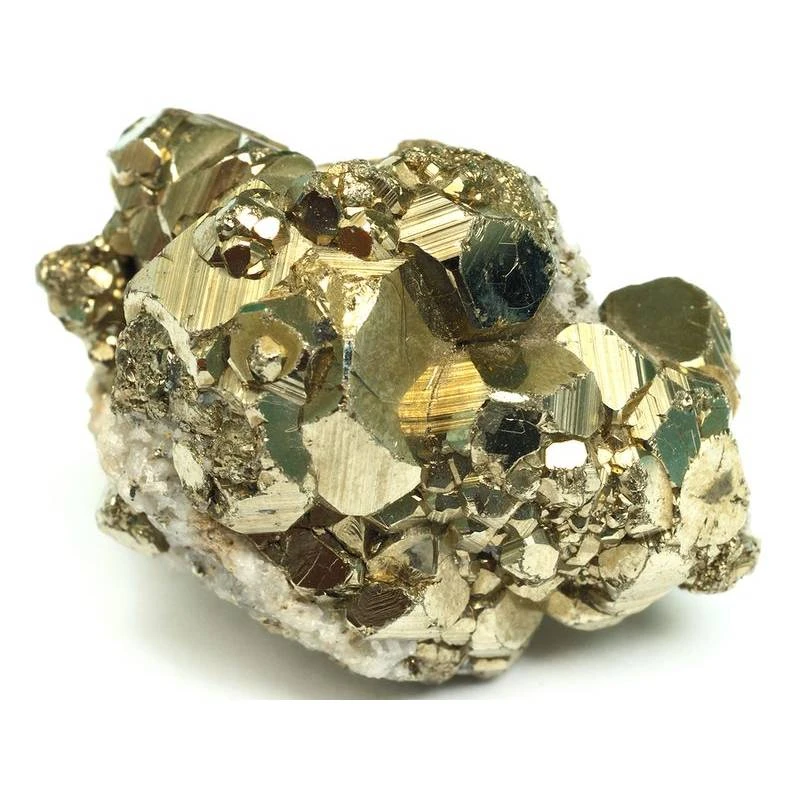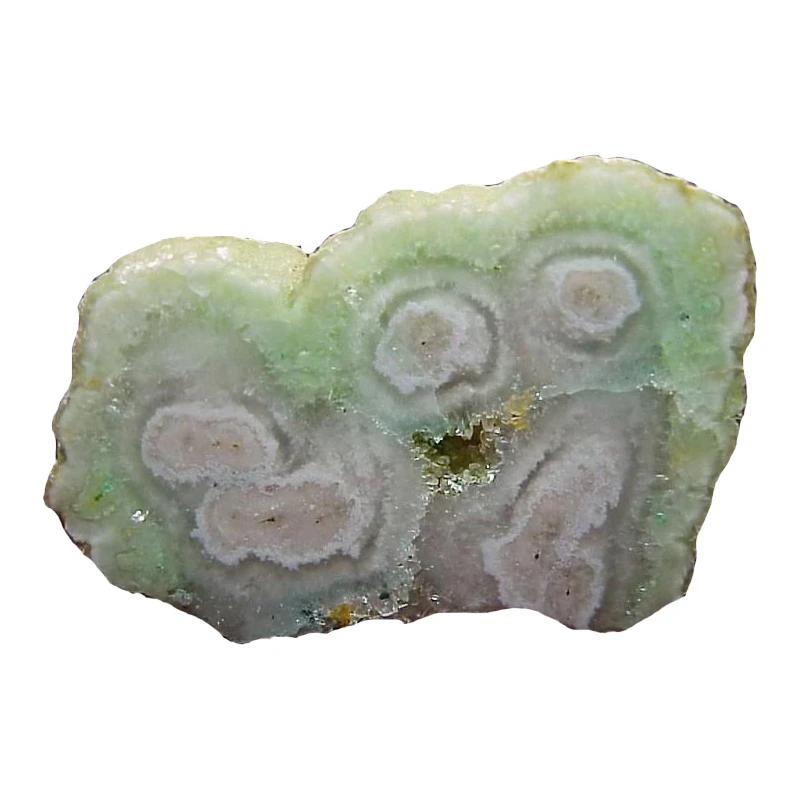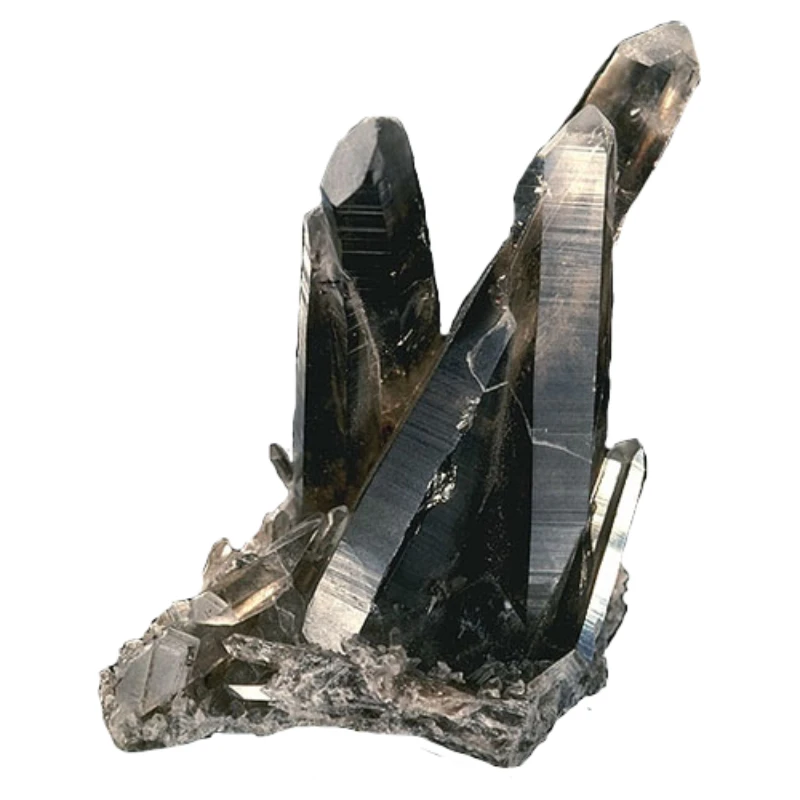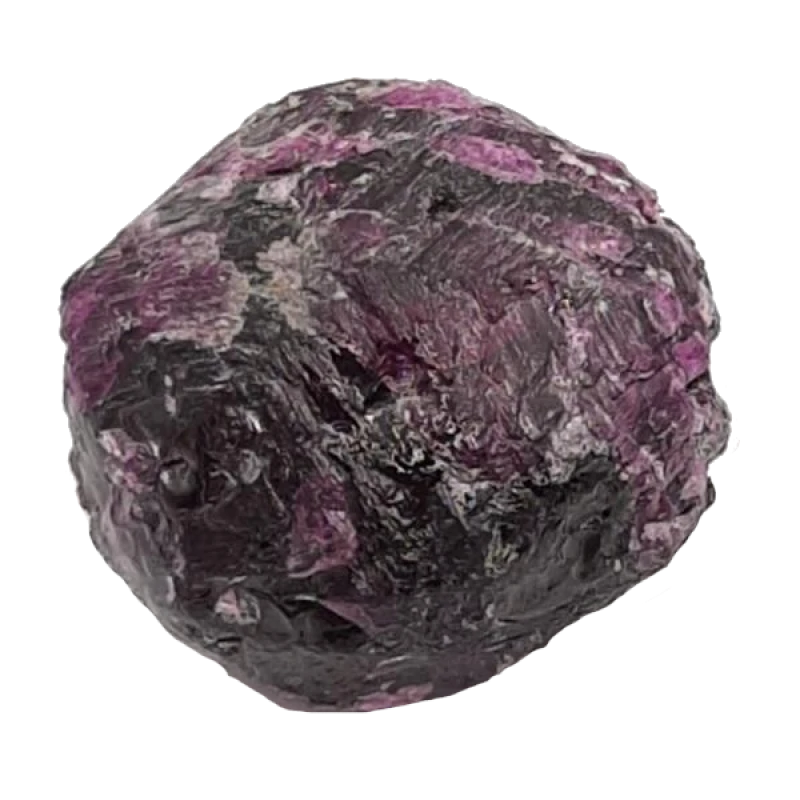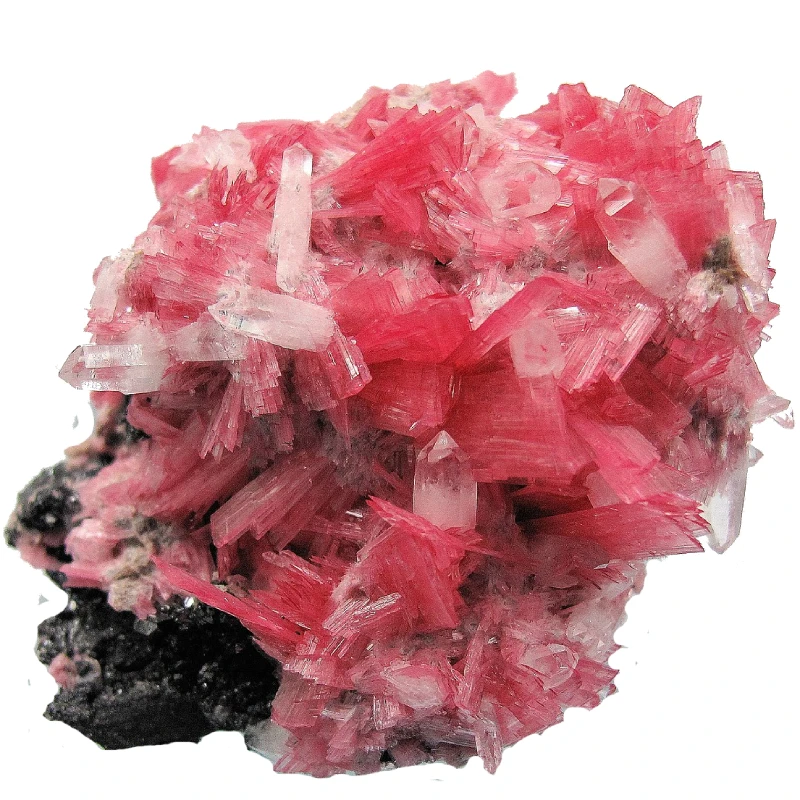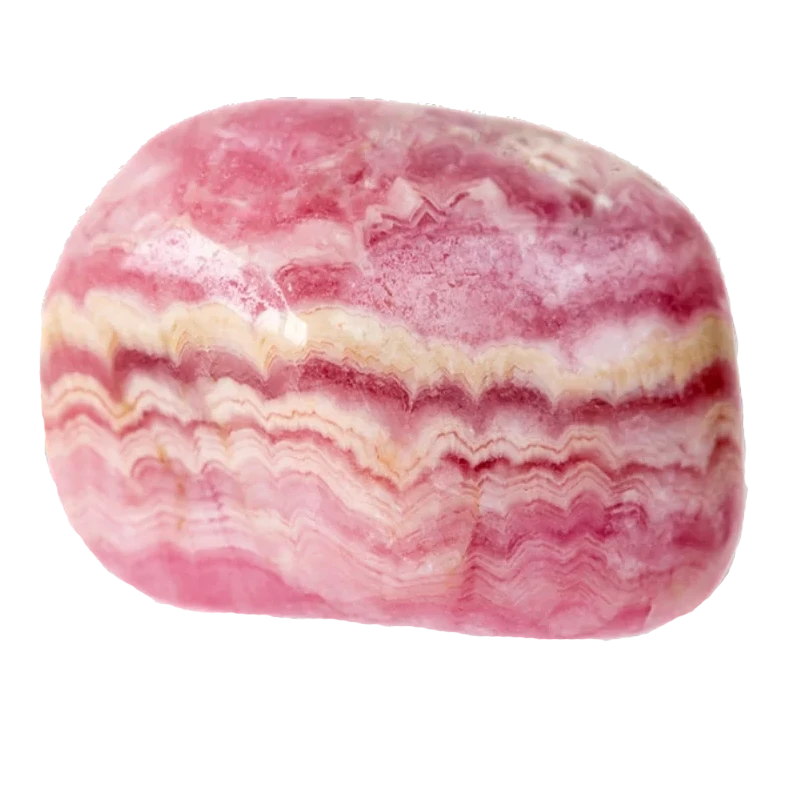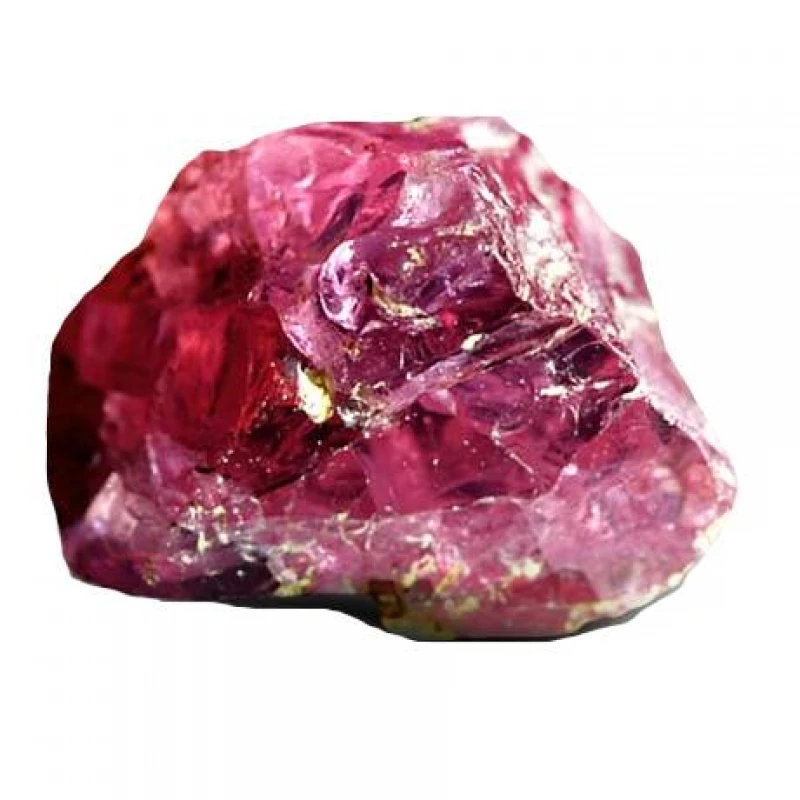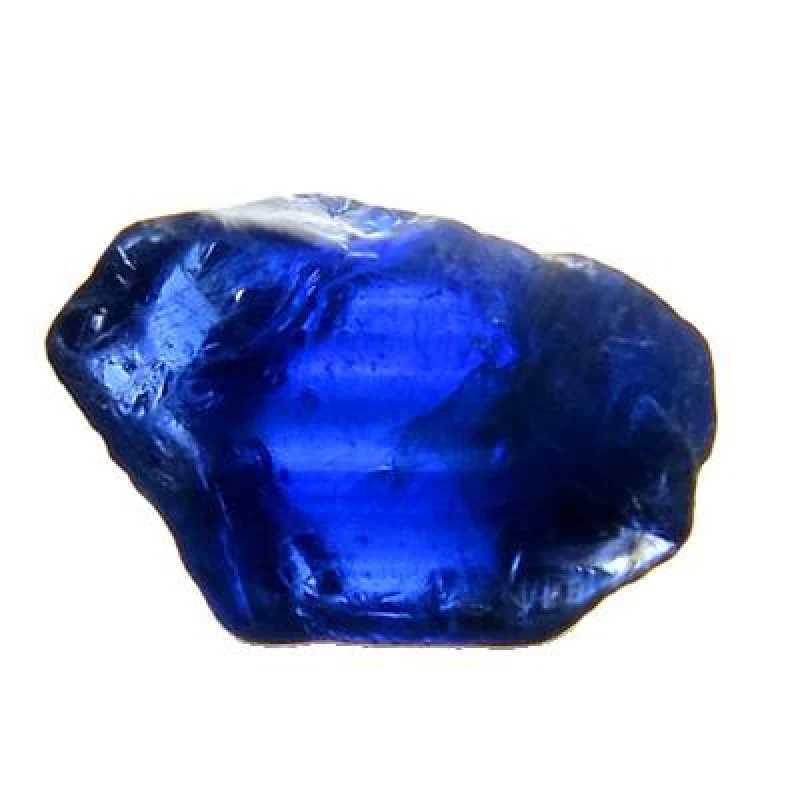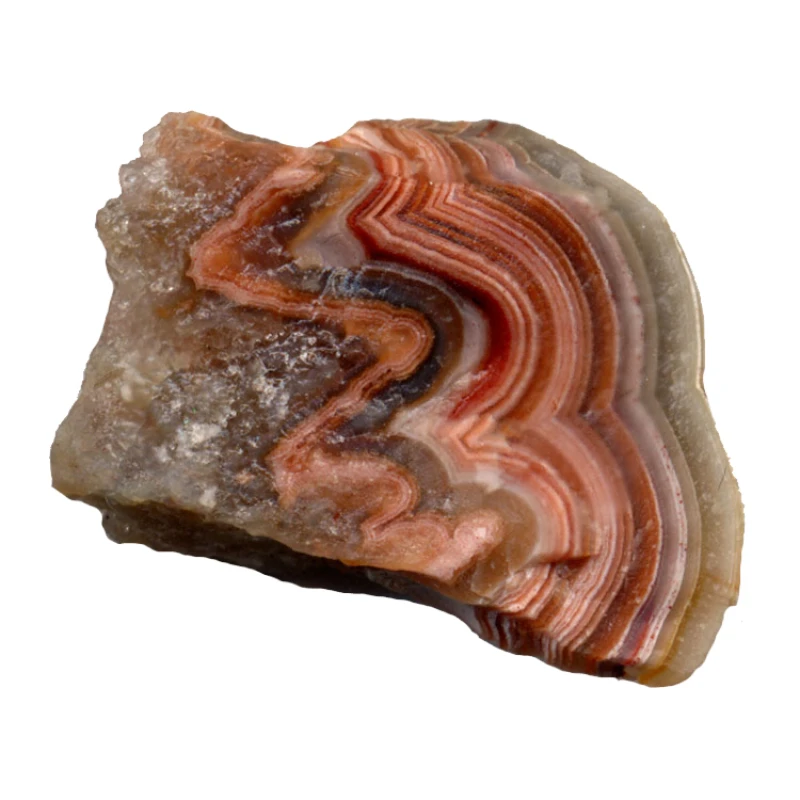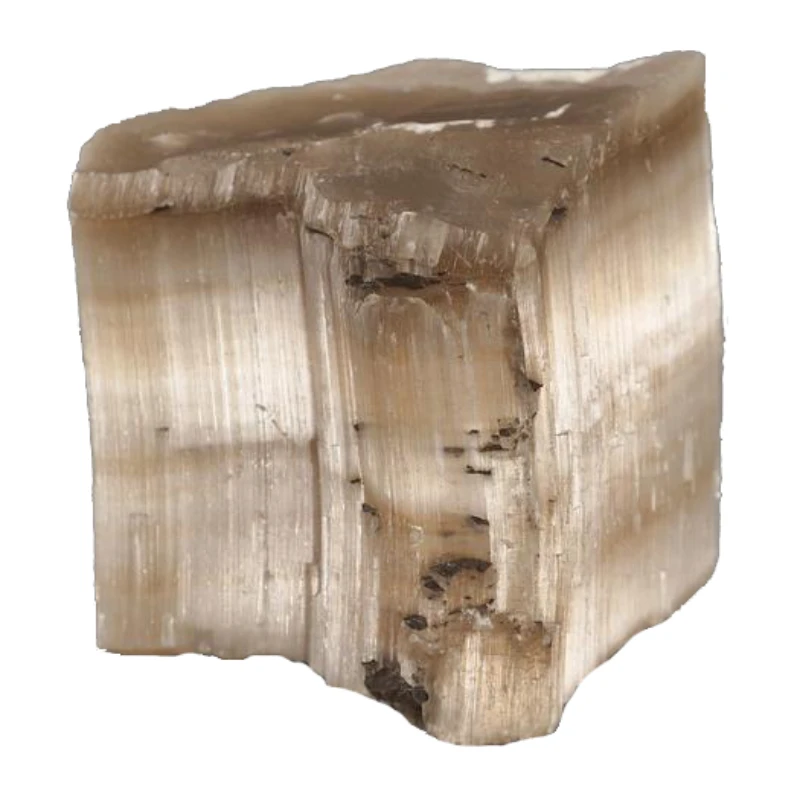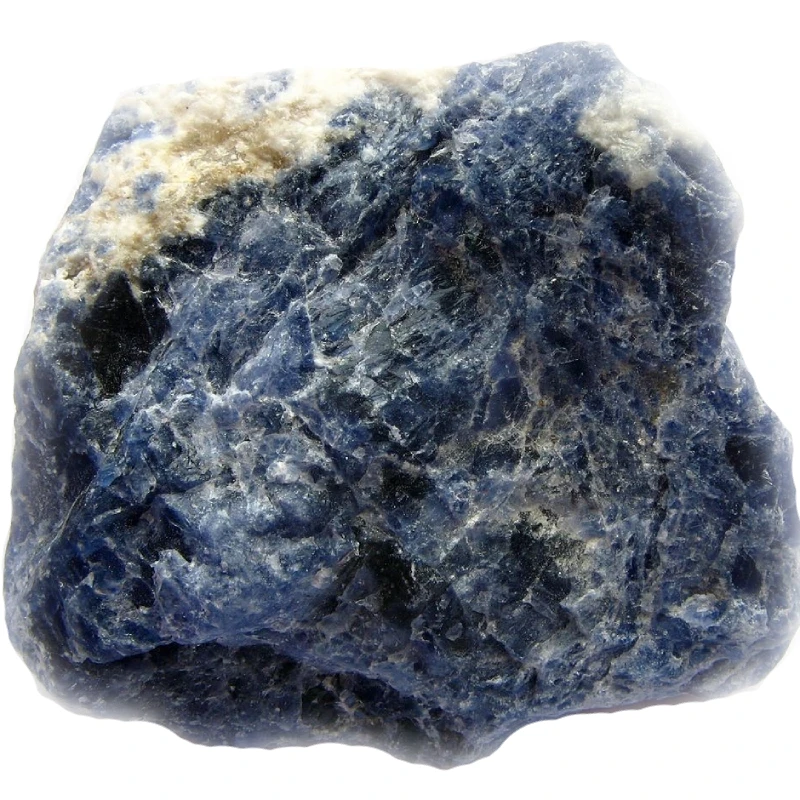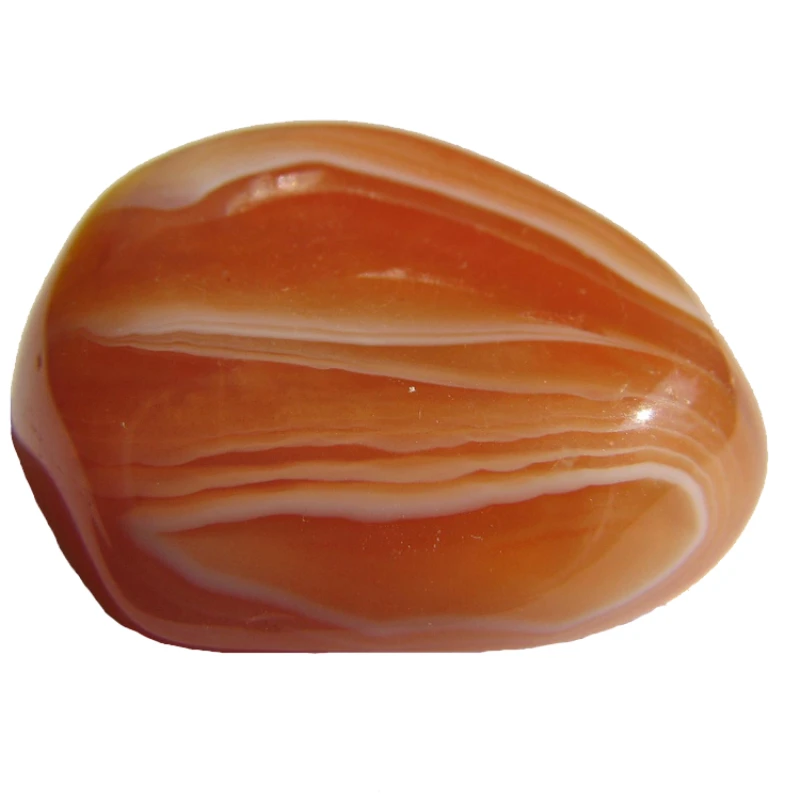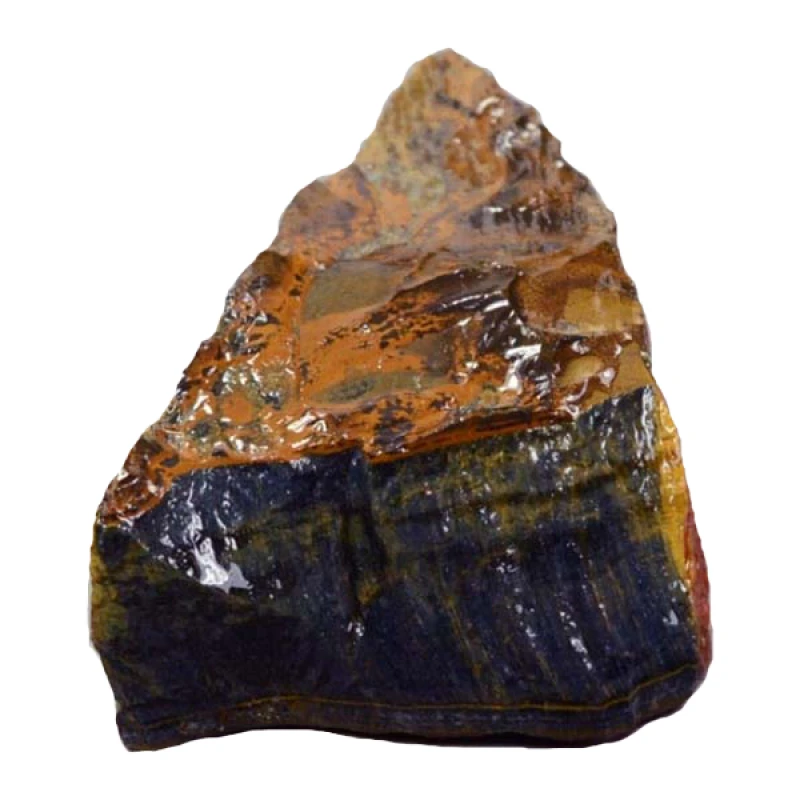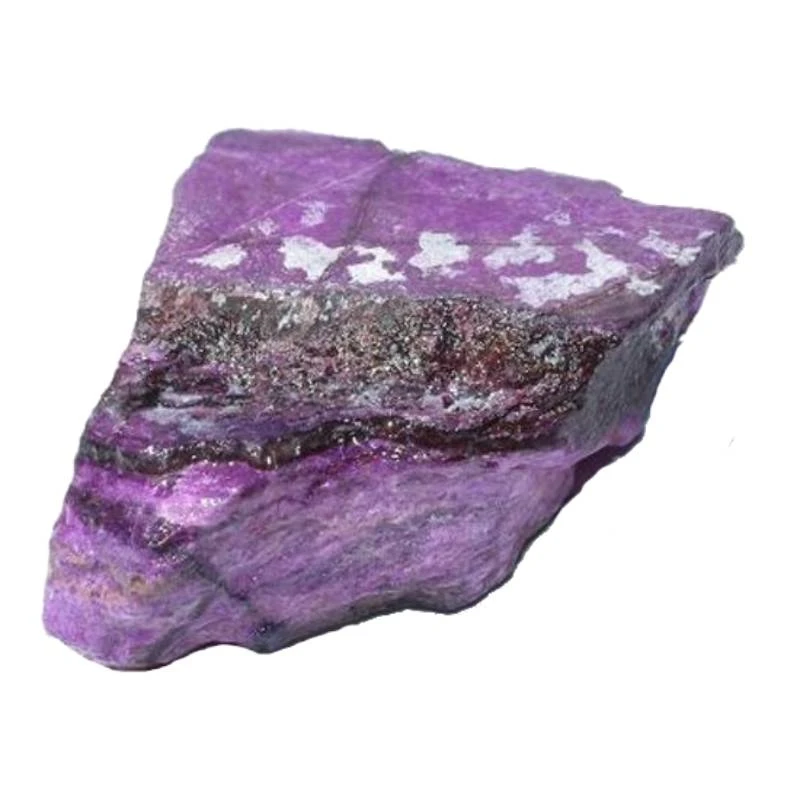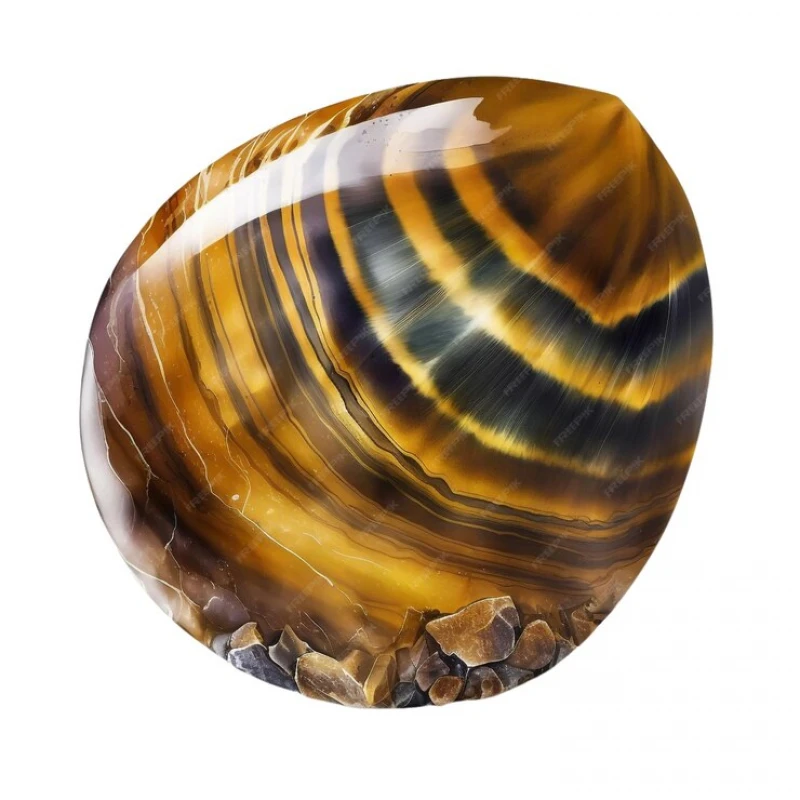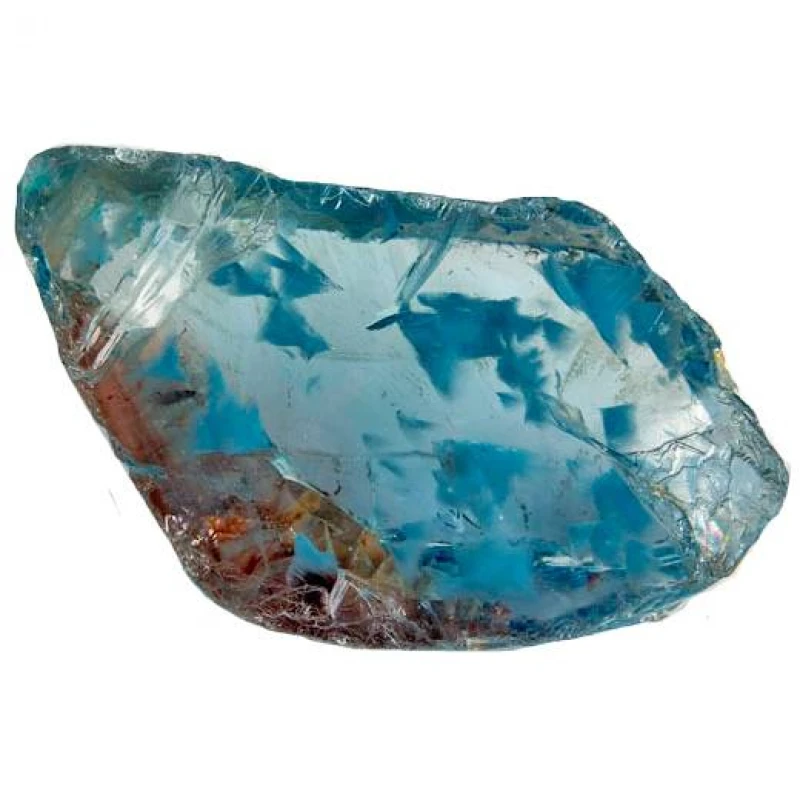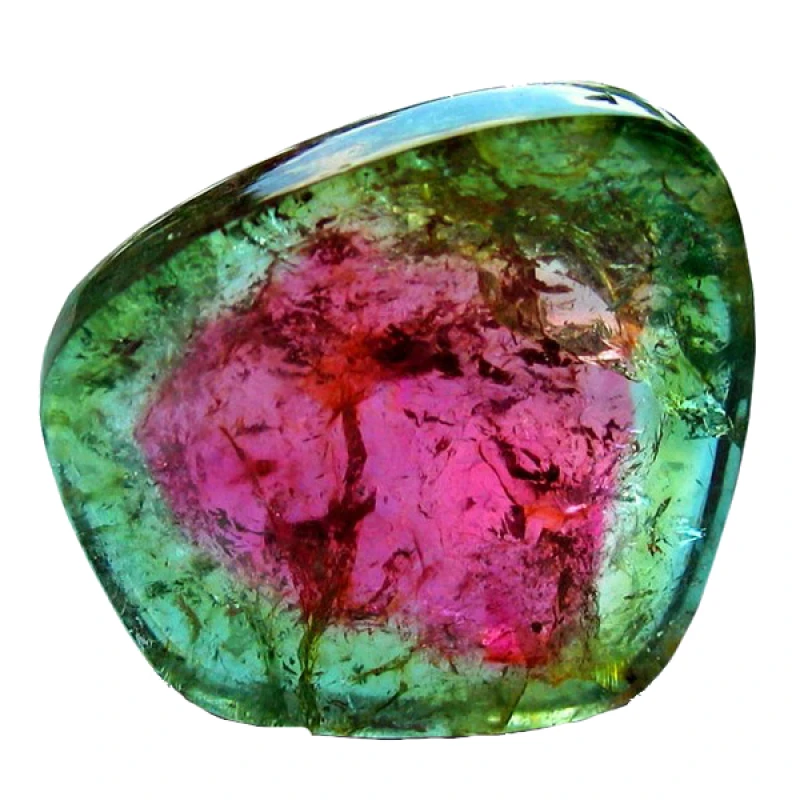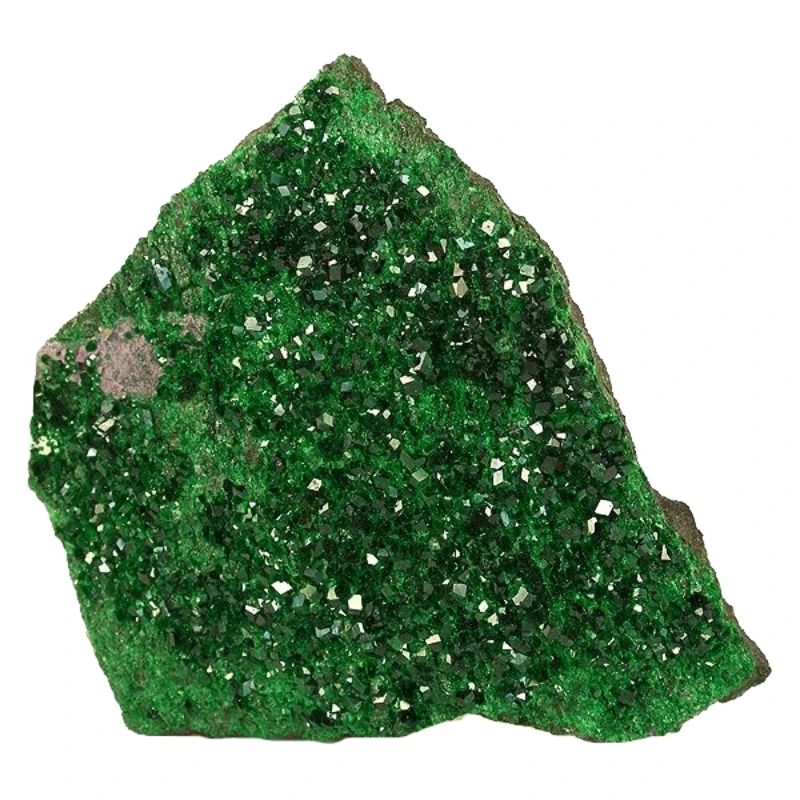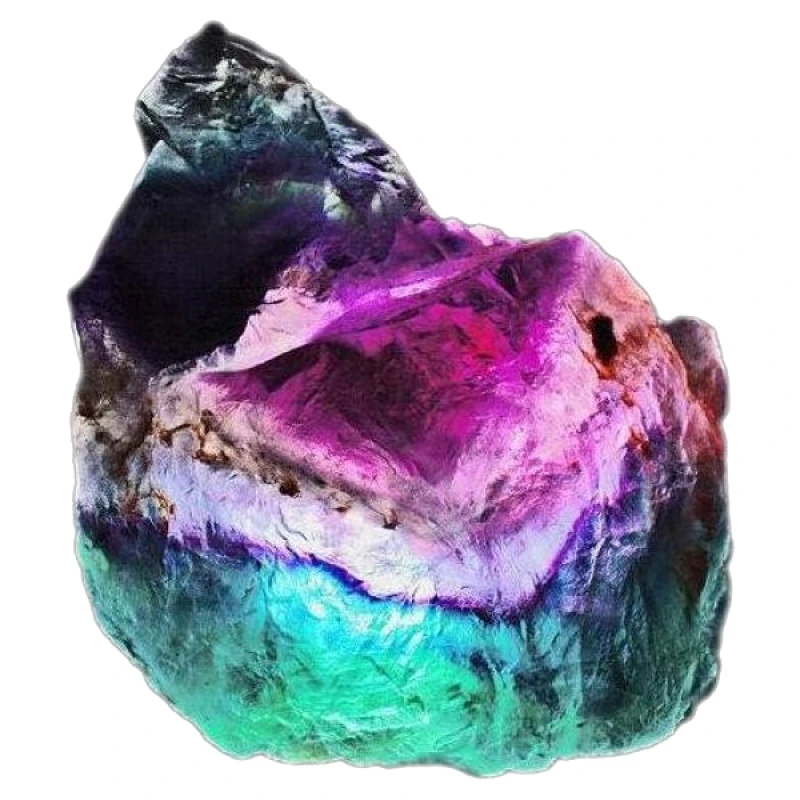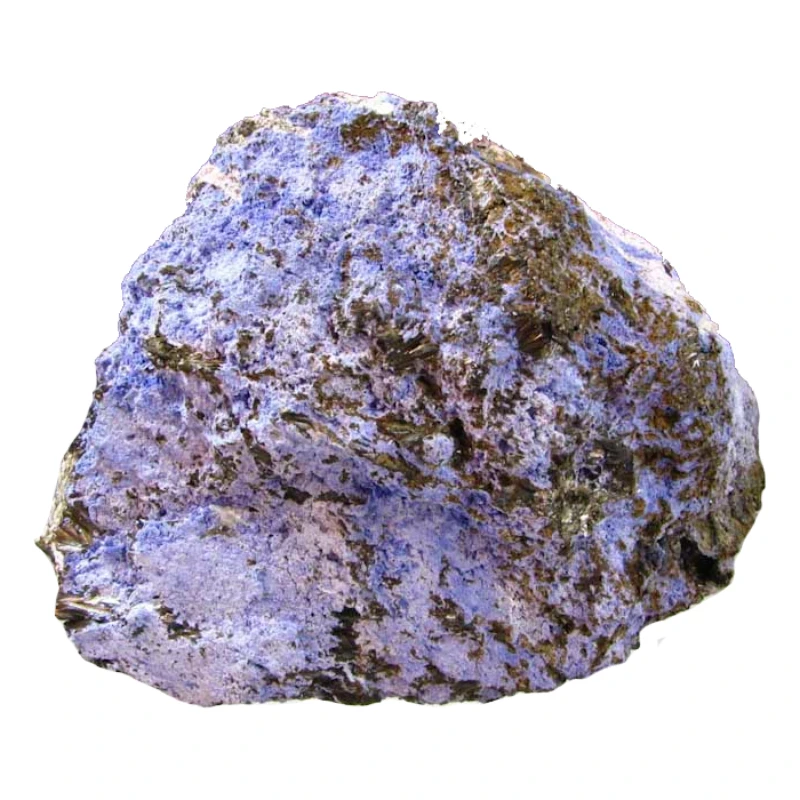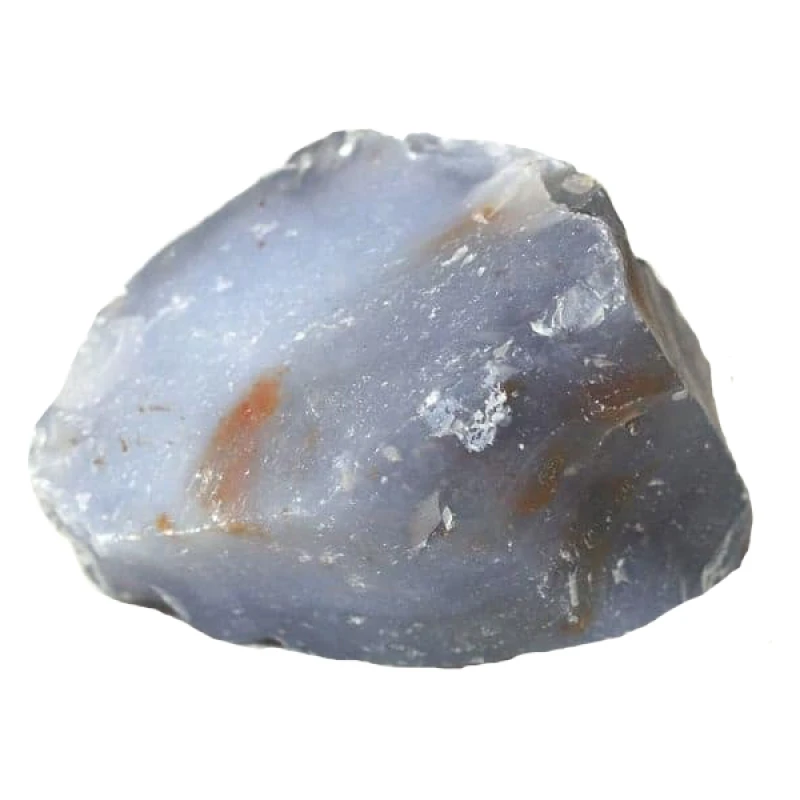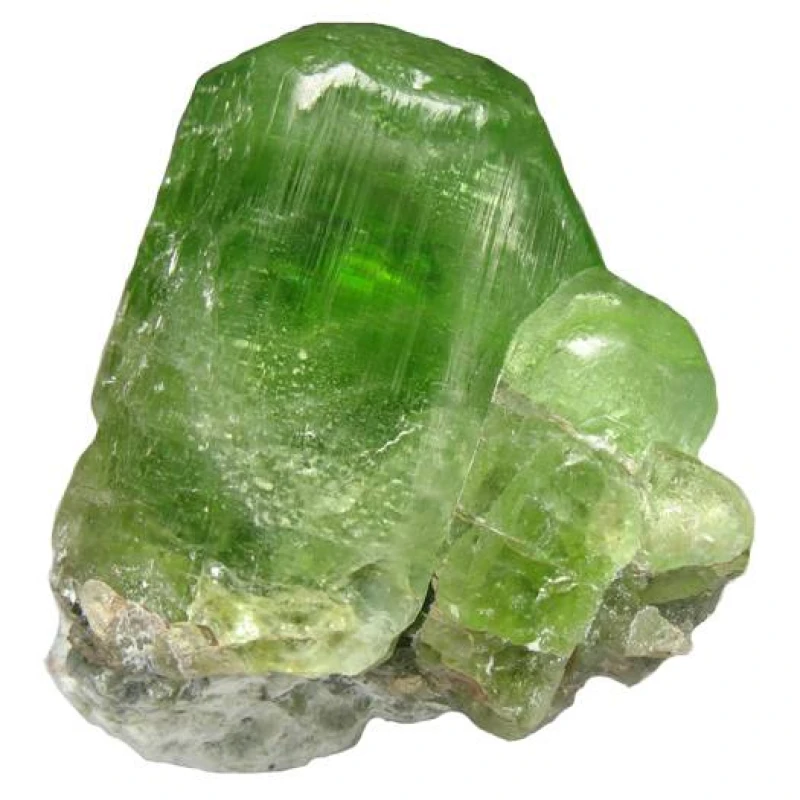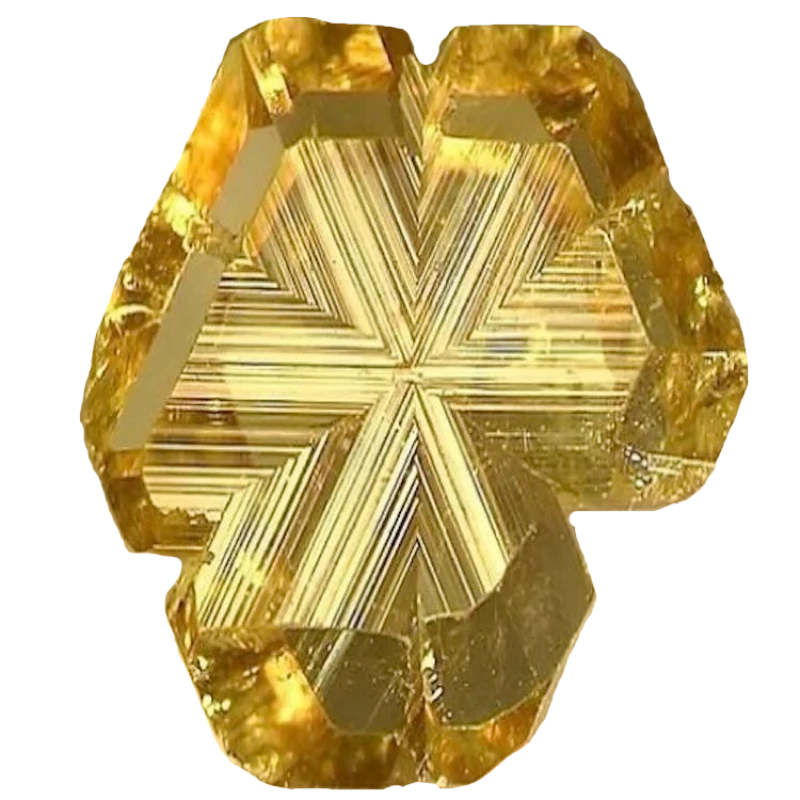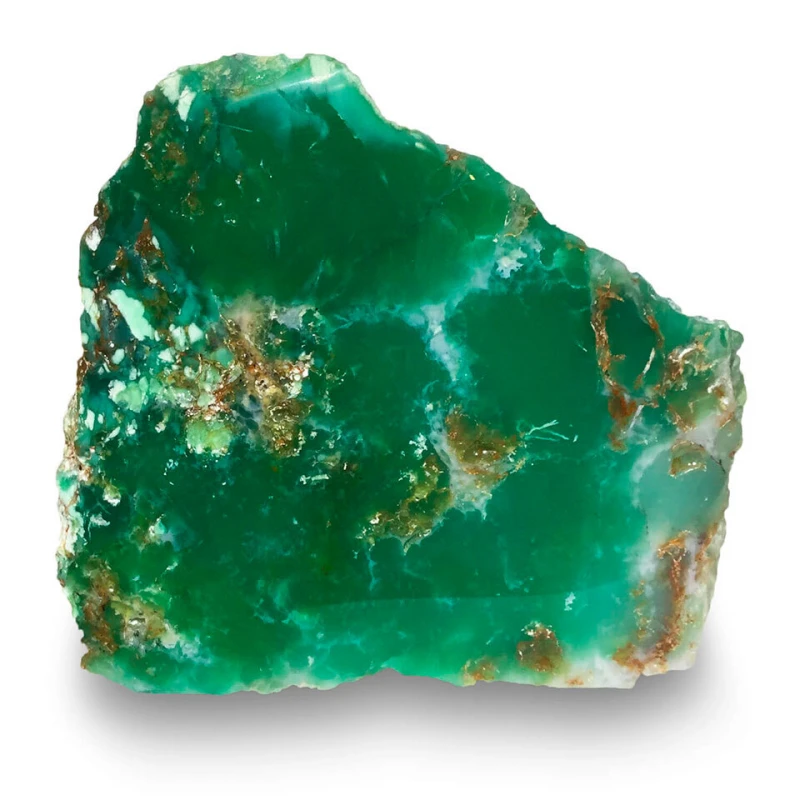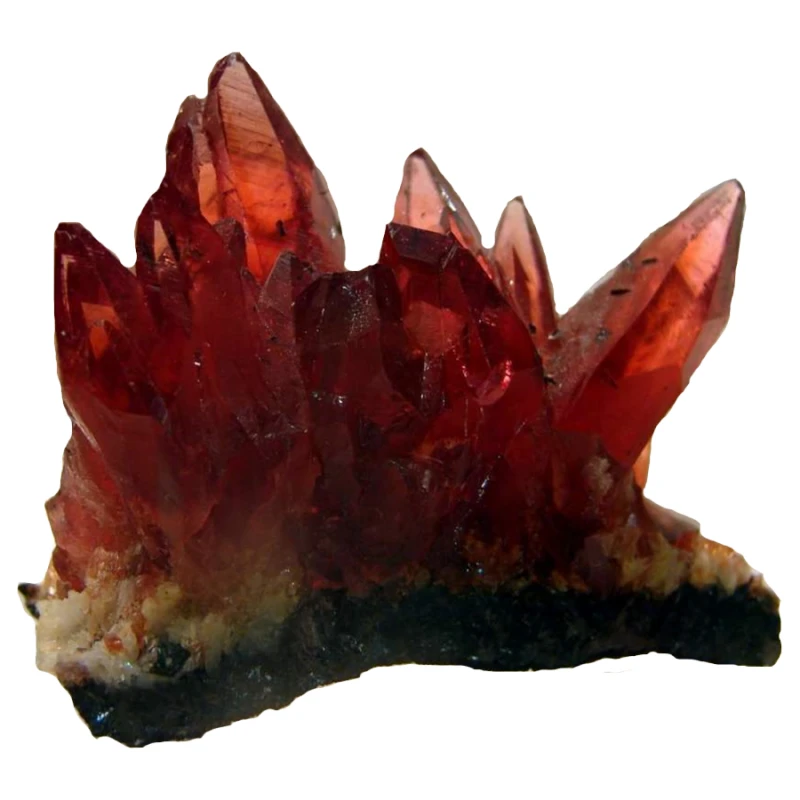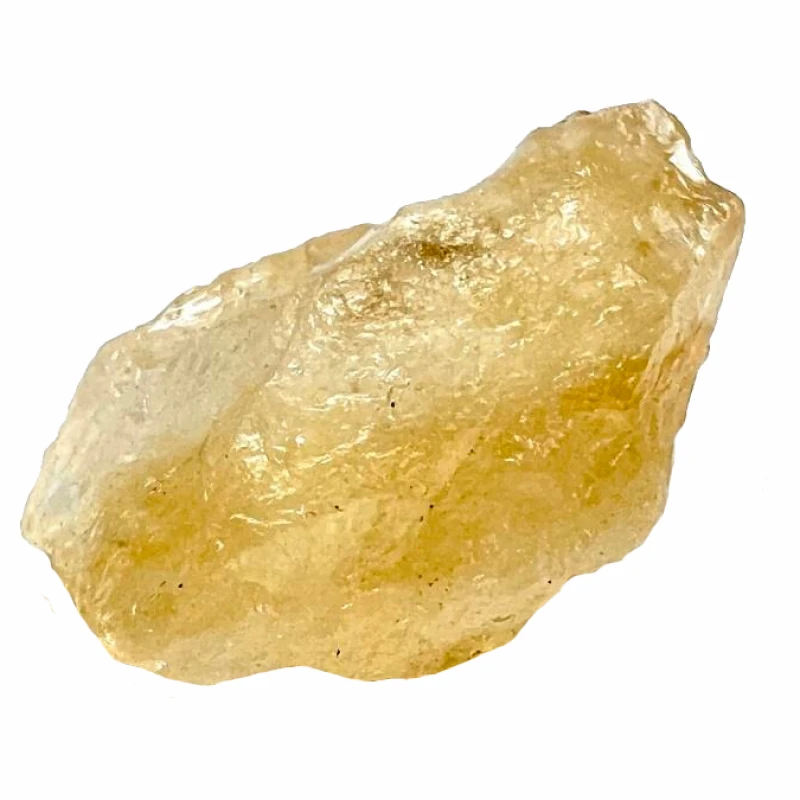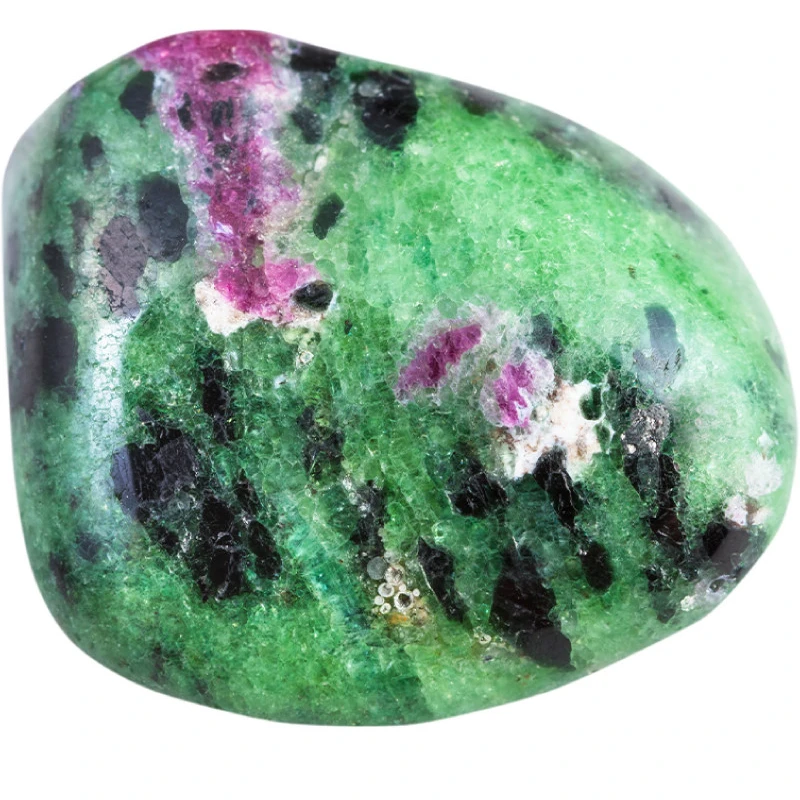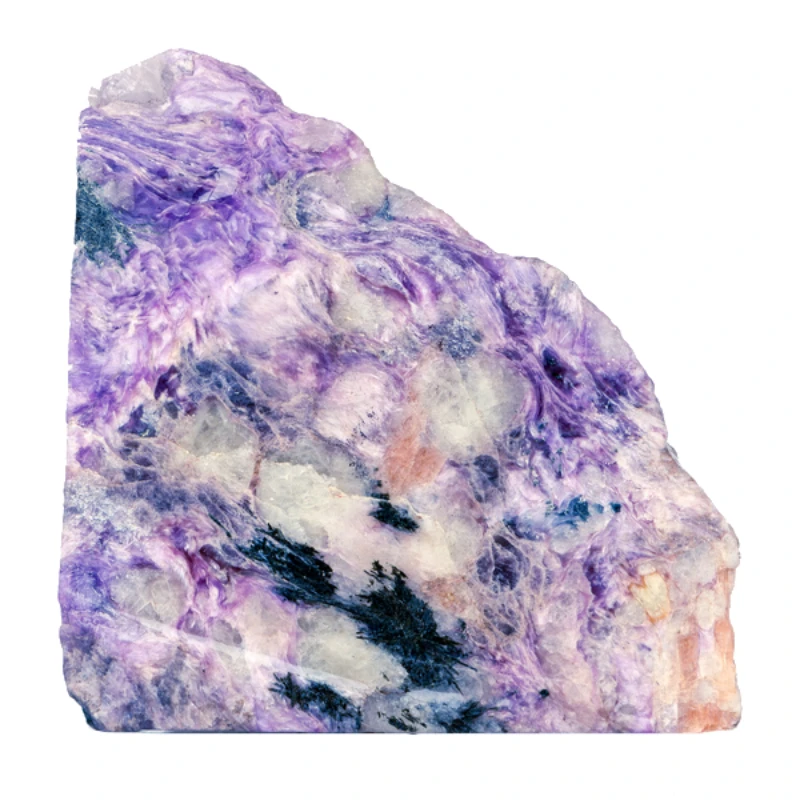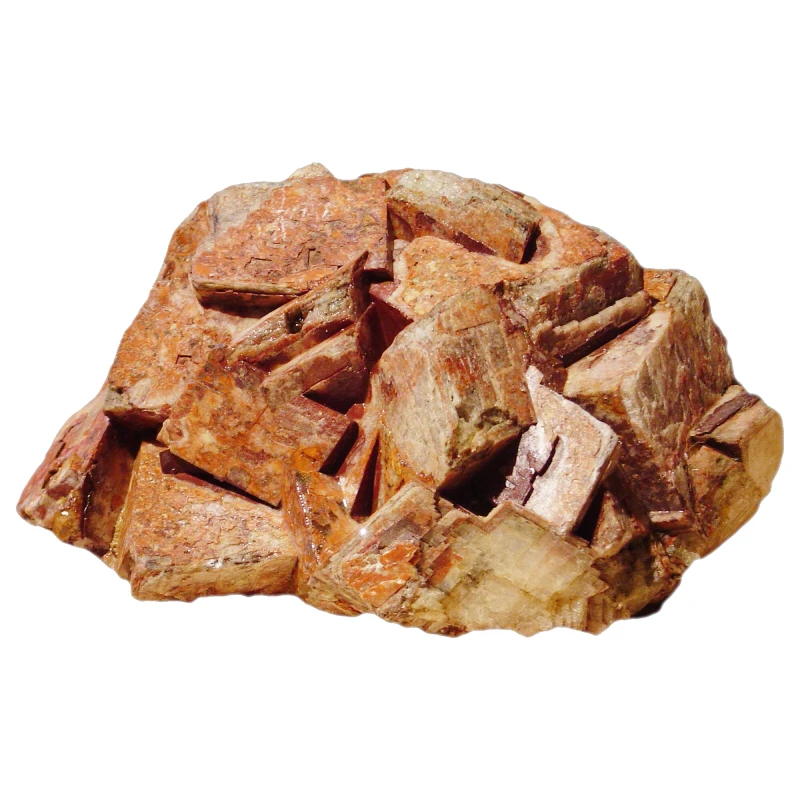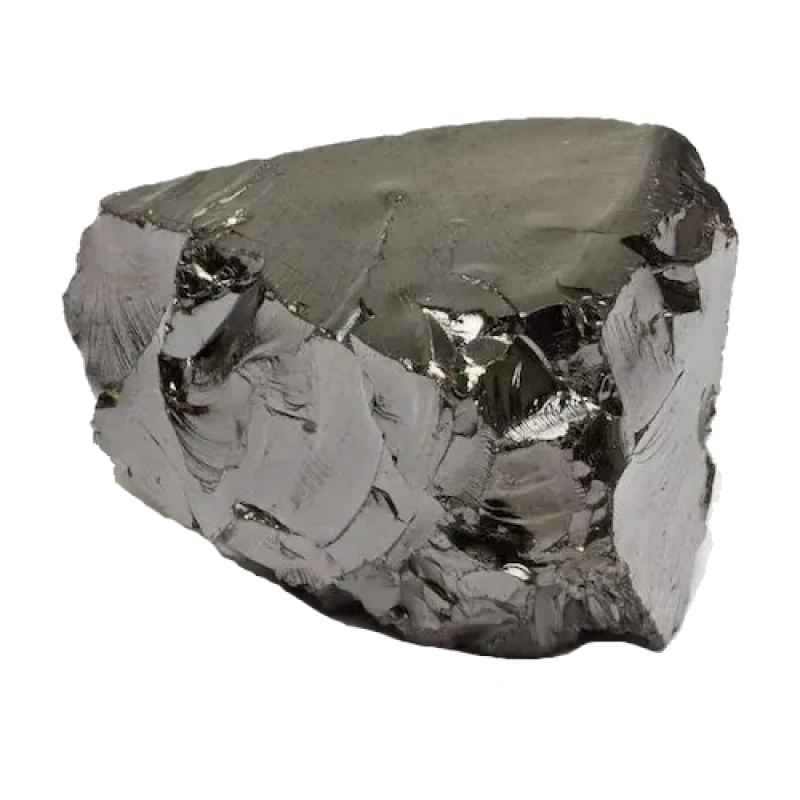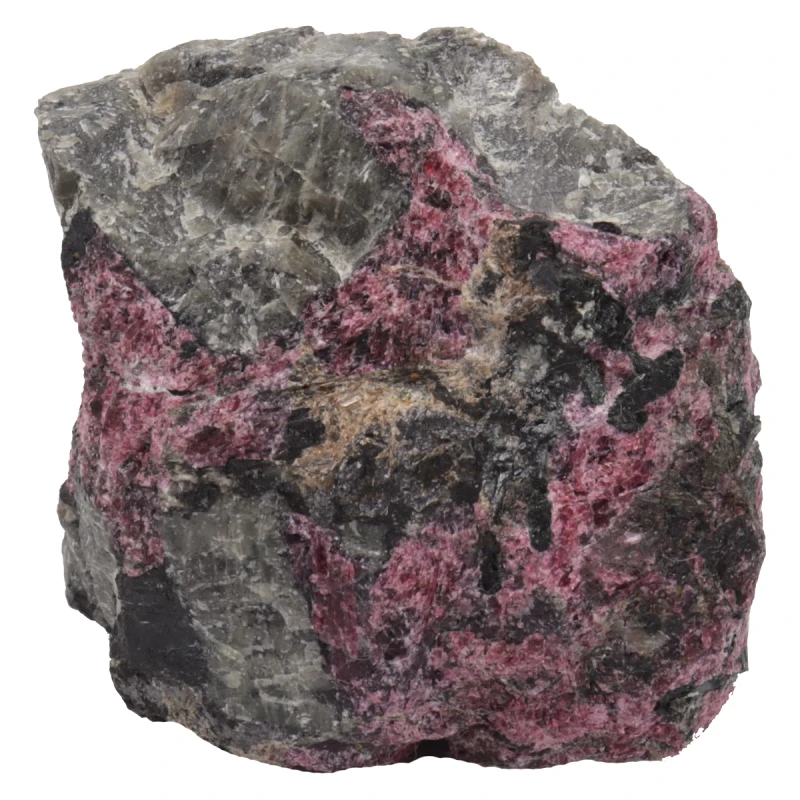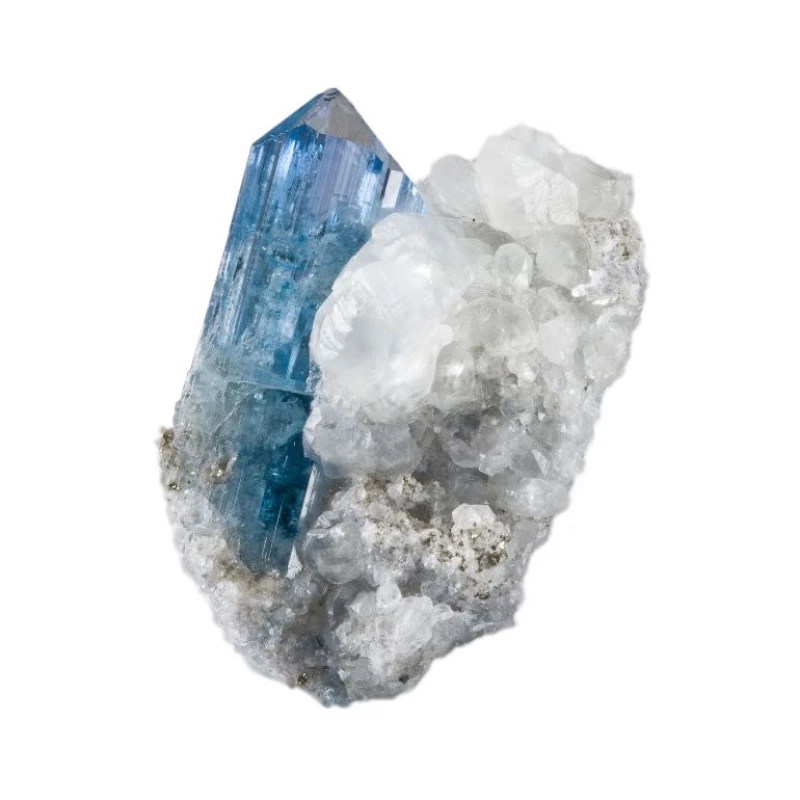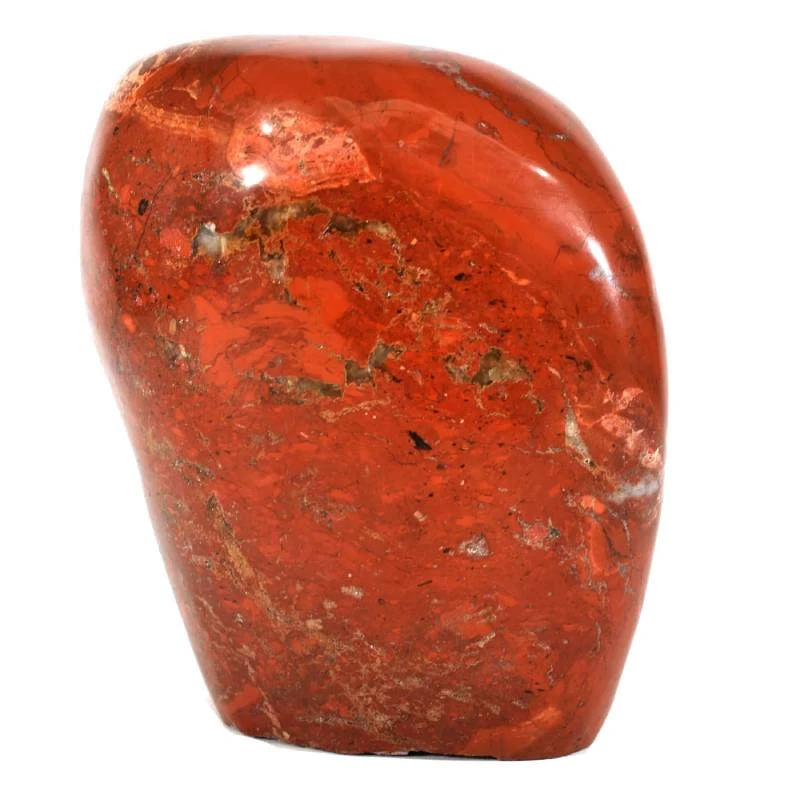Almandine
Stone History
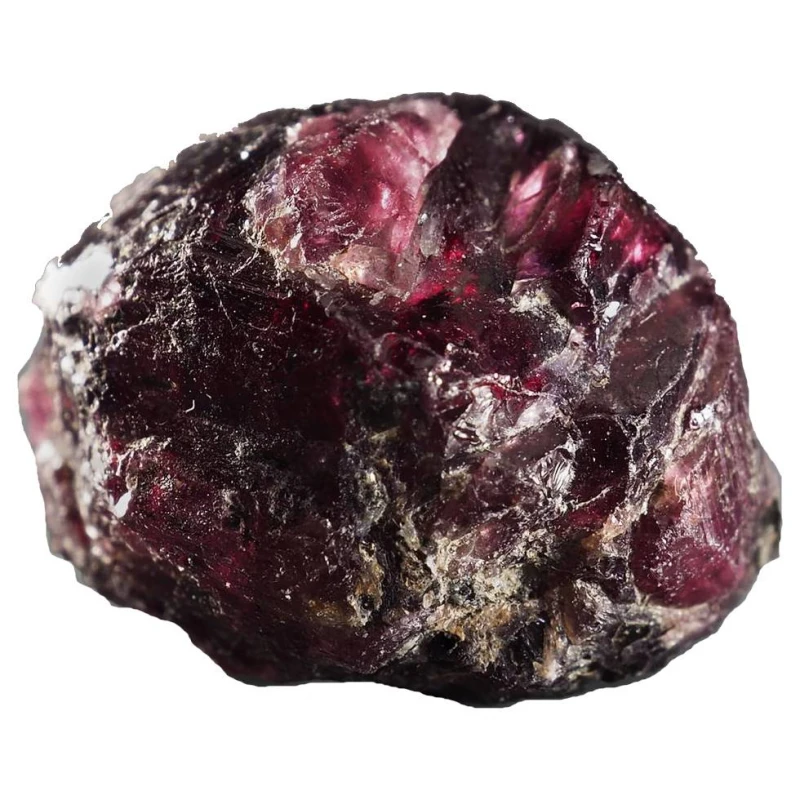
Almandine is a variety of garnet — a reddish-brown gemstone with a long history of use in jewelry and precious objects. Here's a brief overview of its history:
-
Ancient Civilizations: Almandine was used in jewelry since ancient times. It has been found in archaeological discoveries from civilizations such as ancient Egypt and Rome.
-
Middle Ages and Renaissance: During the Middle Ages and the Renaissance, almandine was a popular stone for making rings, necklaces, and bracelets. Its red hue was often associated with blood and passion, making it a symbol of love and romance.
-
Victorian Era: In the Victorian era, almandine was widely used in jewelry thanks to its rich red color and its ability to reflect light beautifully.
-
Modern Use: Today, almandine continues to be used in both classic and modern jewelry designs. It is appreciated for its deep color and natural brilliance.
Like many other gemstones, almandine has a rich history and cultural significance, making it valuable for both jewelry making and collectors.
Zodiac
Almandine is most commonly associated with the zodiac sign Scorpio. Scorpio represents passion, intensity, and resilience — qualities that align with almandine’s energy.
However, it’s important to note that gemstone-zodiac associations can be personal and may depend on an individual's astrological chart.
Almandine is not recommended for Taurus, Gemini, or Pisces.
Element
Almandine is typically linked to the element of Fire, due to its intense red or reddish-brown color that resembles flame.
Planet
In metaphysical and esoteric traditions, almandine — like many garnets — is associated with the planet Mars, the planet of energy, action, and drive.
Colors
Almandine usually appears in shades of deep red or reddish-brown. Other possible hues include:
-
Red
-
Brown
-
Orange
-
Purple
Its most characteristic tone is a rich, dark red, which gives it a luxurious appeal in jewelry.
Chakra
Almandine is commonly associated with the Root Chakra (Muladhara), located at the base of the spine. This chakra is linked to grounding, stability, and vital life force energy.
Using almandine in chakra work may help enhance one’s connection to the earth and improve physical resilience.
Magical Properties
Almandine is believed to possess a range of magical and energetic properties, including:
-
Passion and Vitality: Almandine’s fiery color is said to stimulate passion, love, and creative energy.
-
Protection: It is known as a protective stone, helping to guard against negative energies and psychic attacks.
-
Grounding Energy: Almandine supports grounding and stability, strengthening one’s connection to the earth and physical well-being.
-
Motivation and Goal Achievement: It boosts ambition and determination, making it a helpful stone for manifesting personal and professional goals.
-
Meditation Support: Almandine can deepen focus and enhance spiritual practices such as meditation and inner exploration.
Healing Properties
Almandine is also used in alternative healing practices. Its benefits may include:
-
Boosting Physical Vitality: It supports blood circulation, regulates blood pressure, and increases energy levels.
-
Pain Relief: The stone is used to ease muscle tension, back pain, and stiffness in the neck or lower spine.
-
Emotional Balance: Almandine helps reduce stress, anxiety, and emotional imbalance, promoting a sense of calm and security.
-
Sexual Energy Stimulation: It is associated with enhancing libido and improving intimate relationships.
-
Support for Bones and Joints: Almandine may aid in treating joint issues, such as arthritis or osteoporosis.
Always consult a healthcare professional before using any gemstone as a healing method.
Mining Locations
Almandine is found in many regions around the world. Some of the most notable deposits include:
-
Brazil: Especially in Minas Gerais and Espírito Santo.
-
Madagascar: Primarily in the Antsirabe and Ifandana regions.
-
China: Particularly in Shandong province.
-
South Africa: In the Limpopo province.
-
India: Notably in the states of Rajasthan and Madhya Pradesh.
These are just some of the global sources of almandine. The stone can vary in quality and appearance depending on its origin.
Other articles in this section
